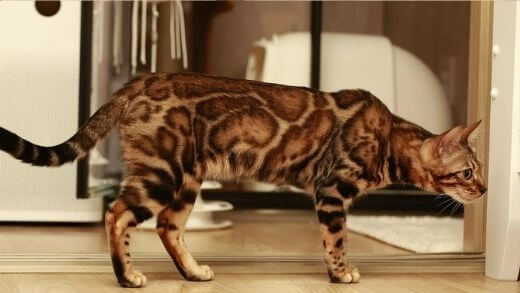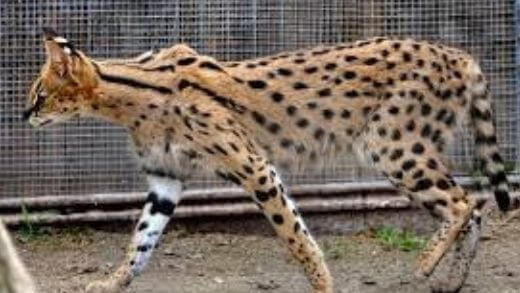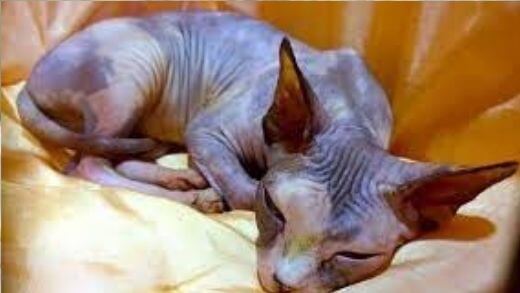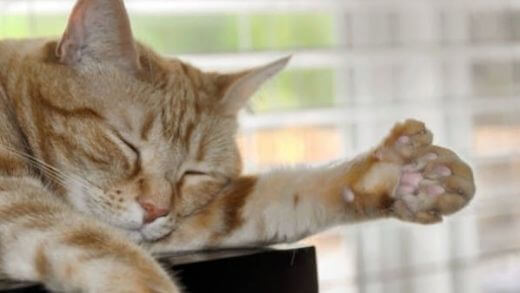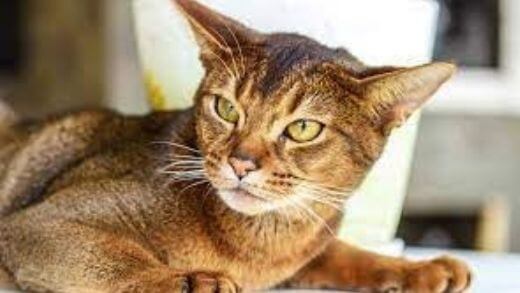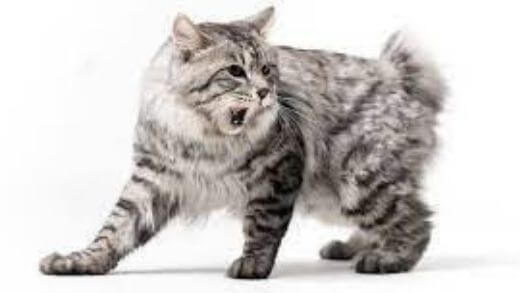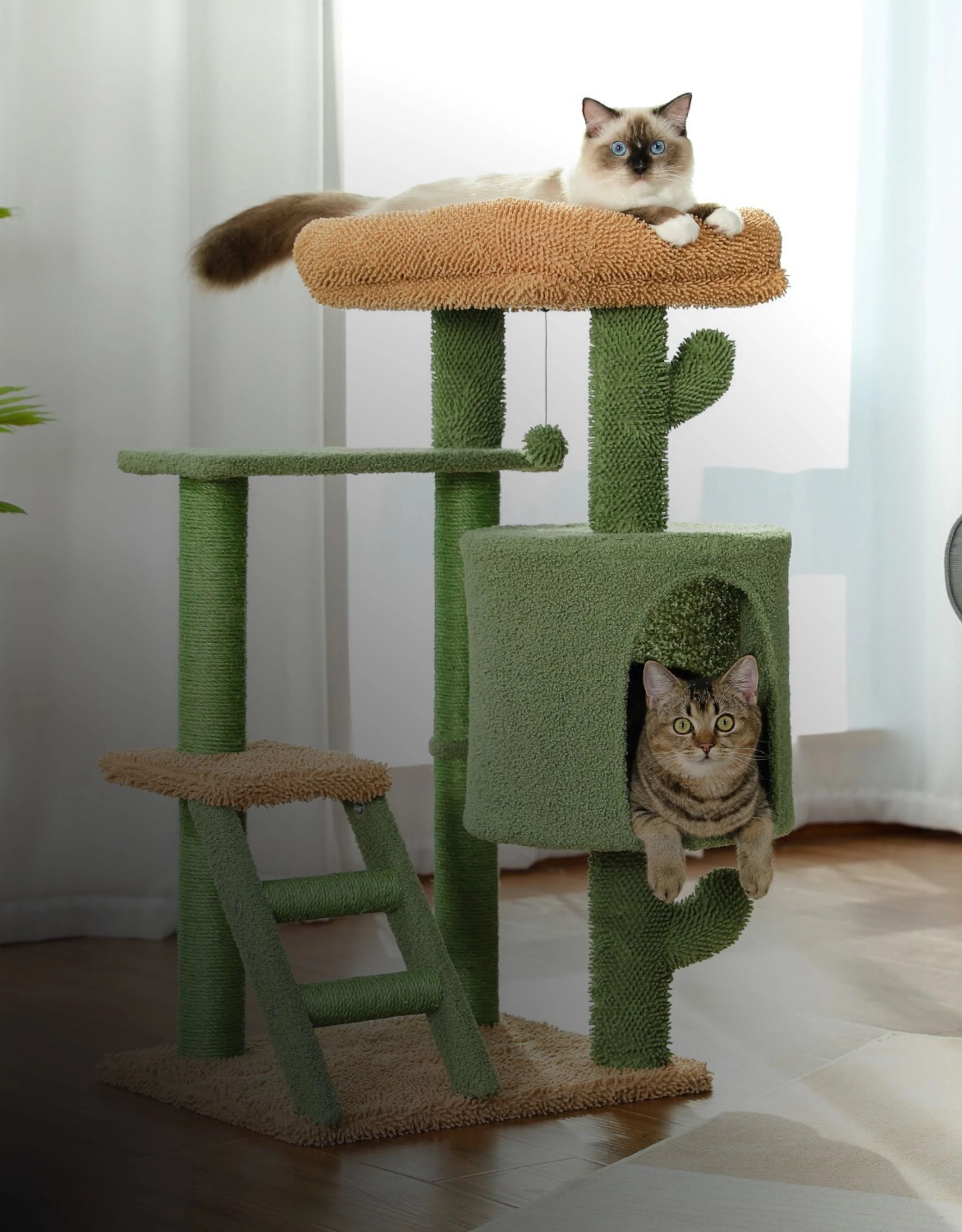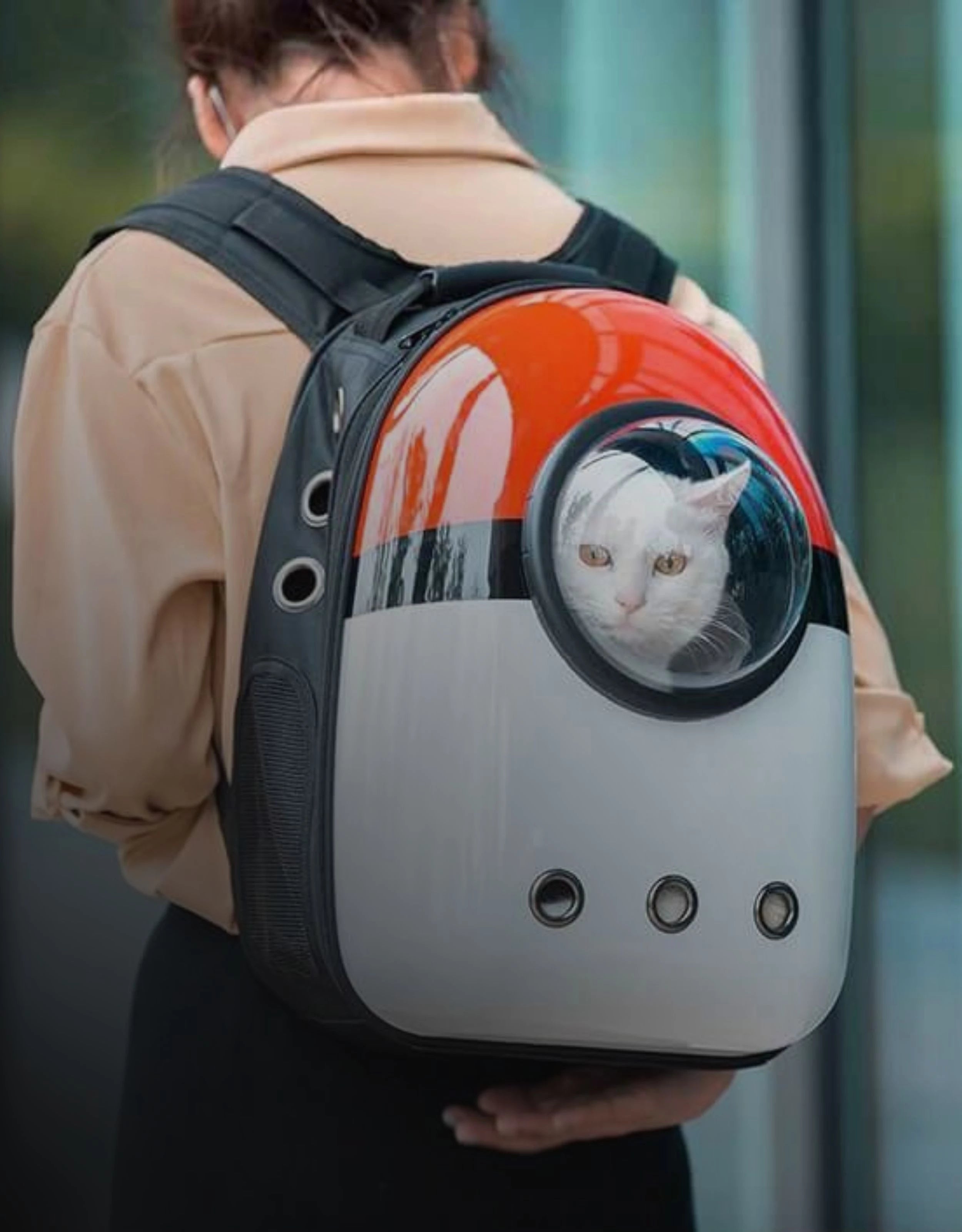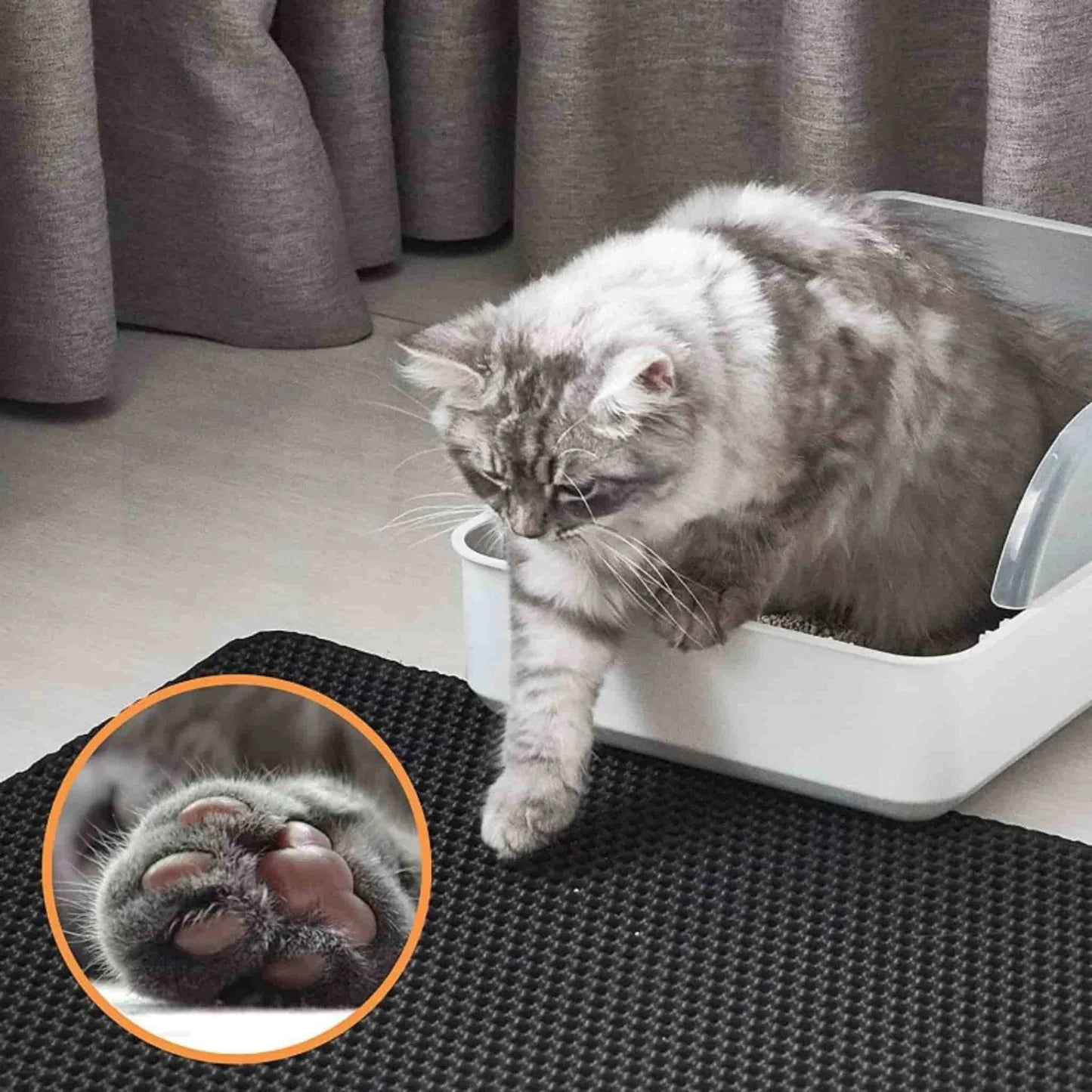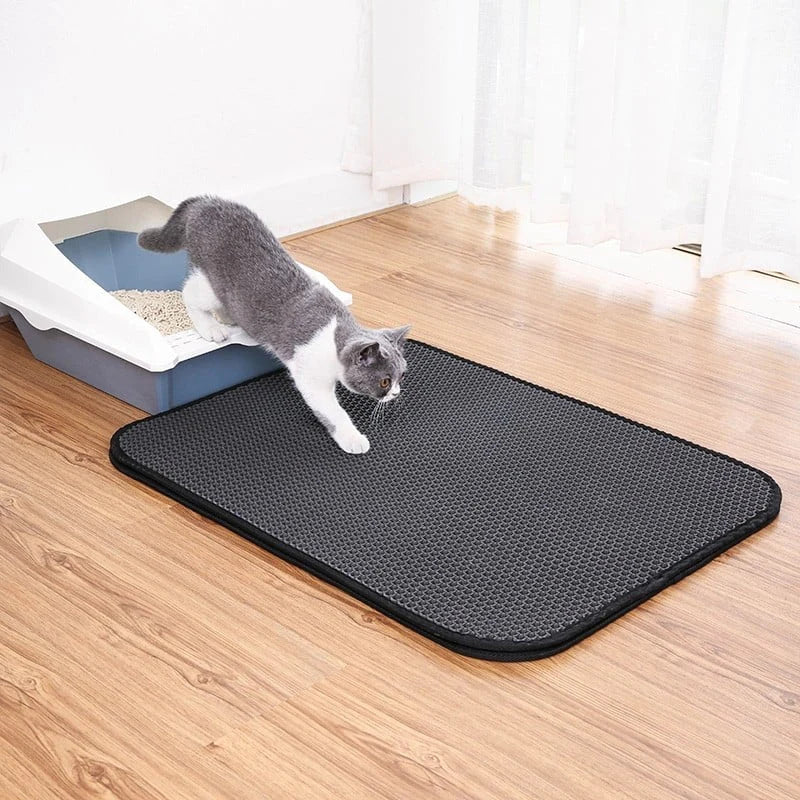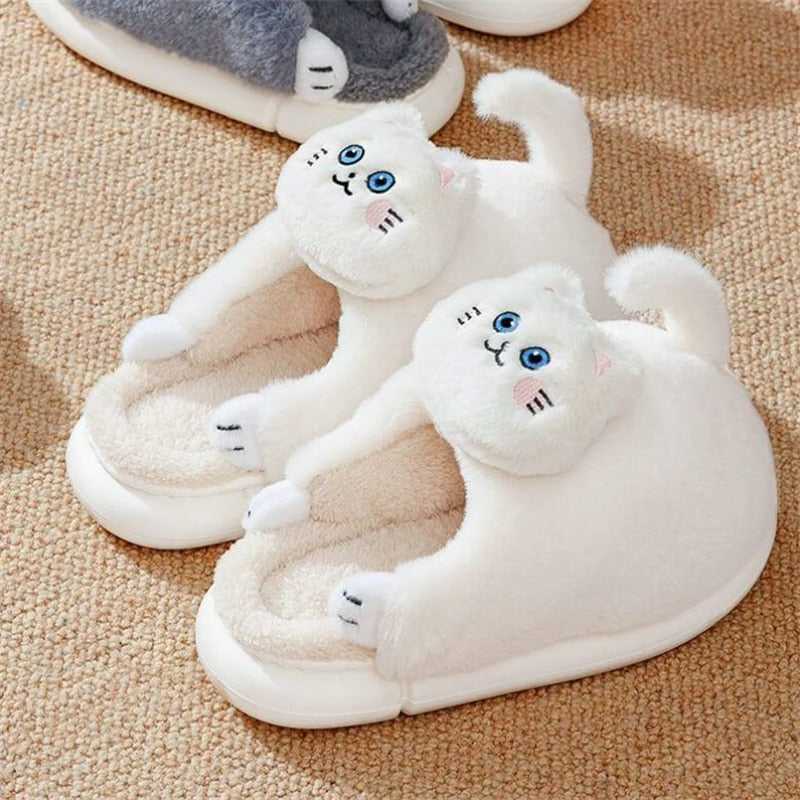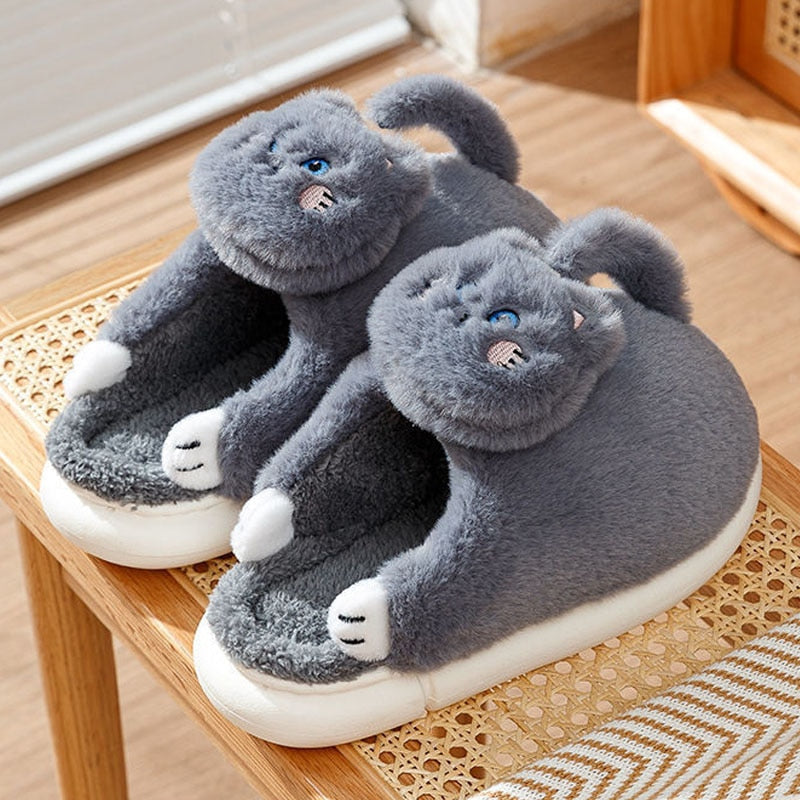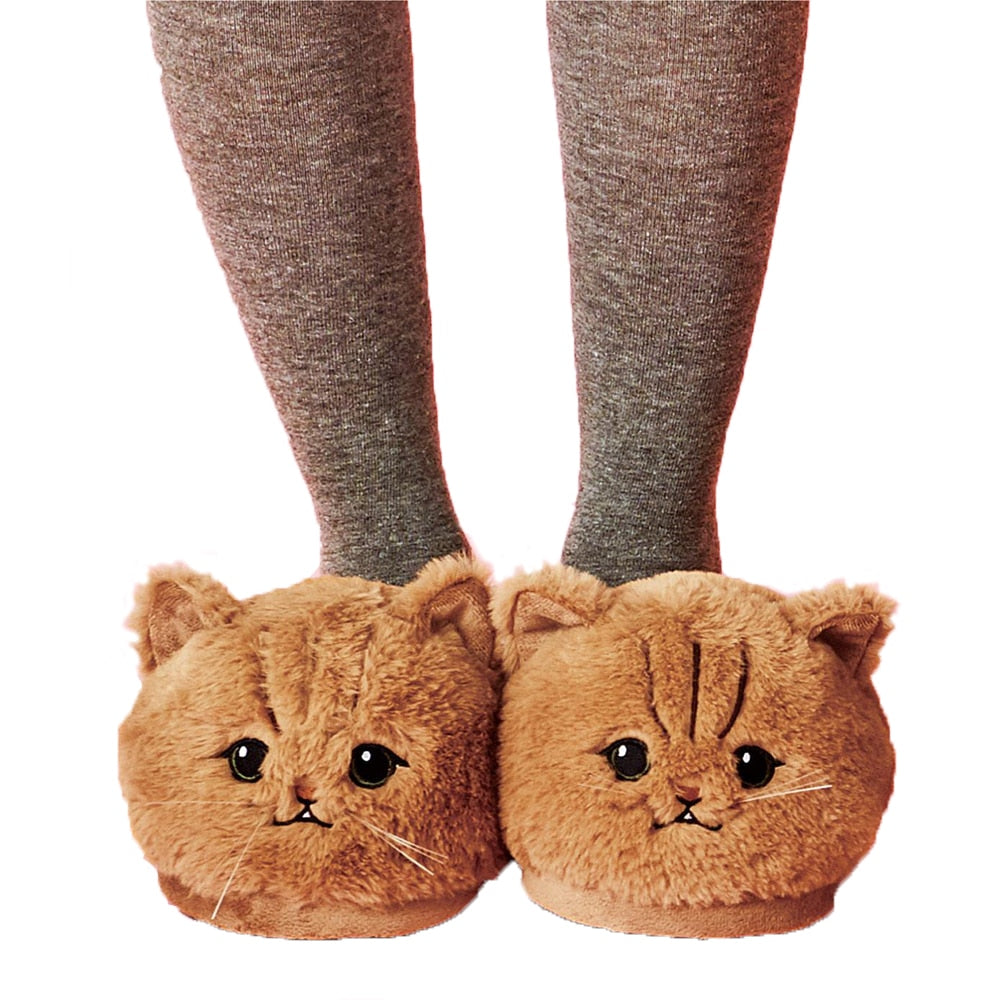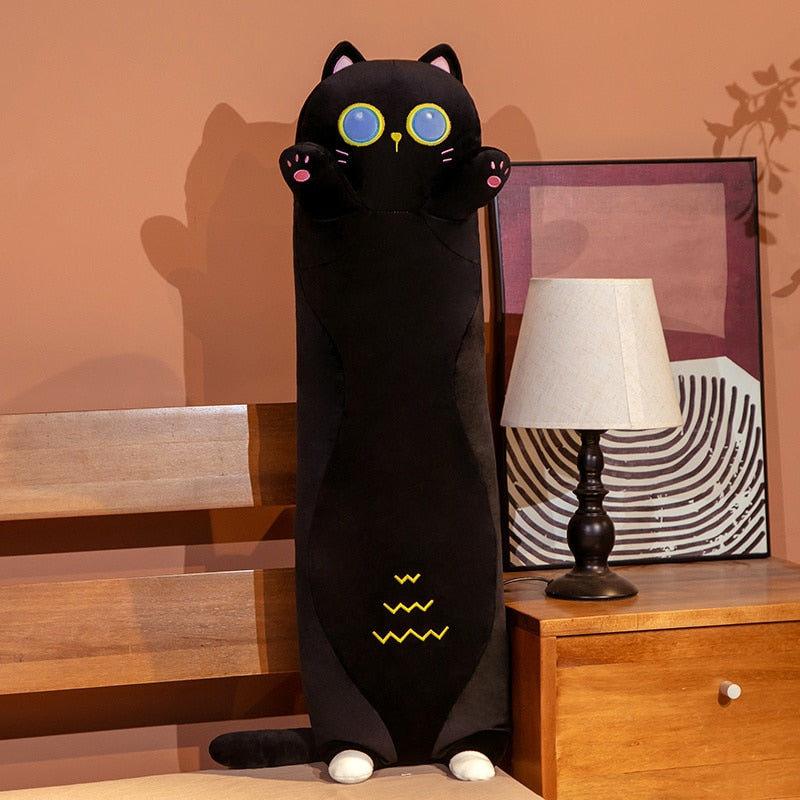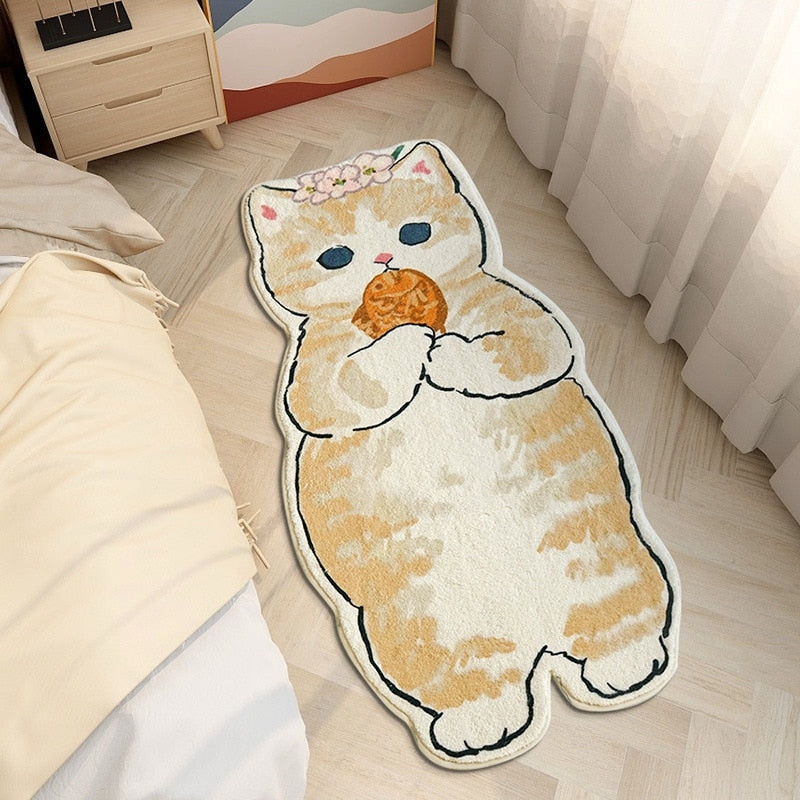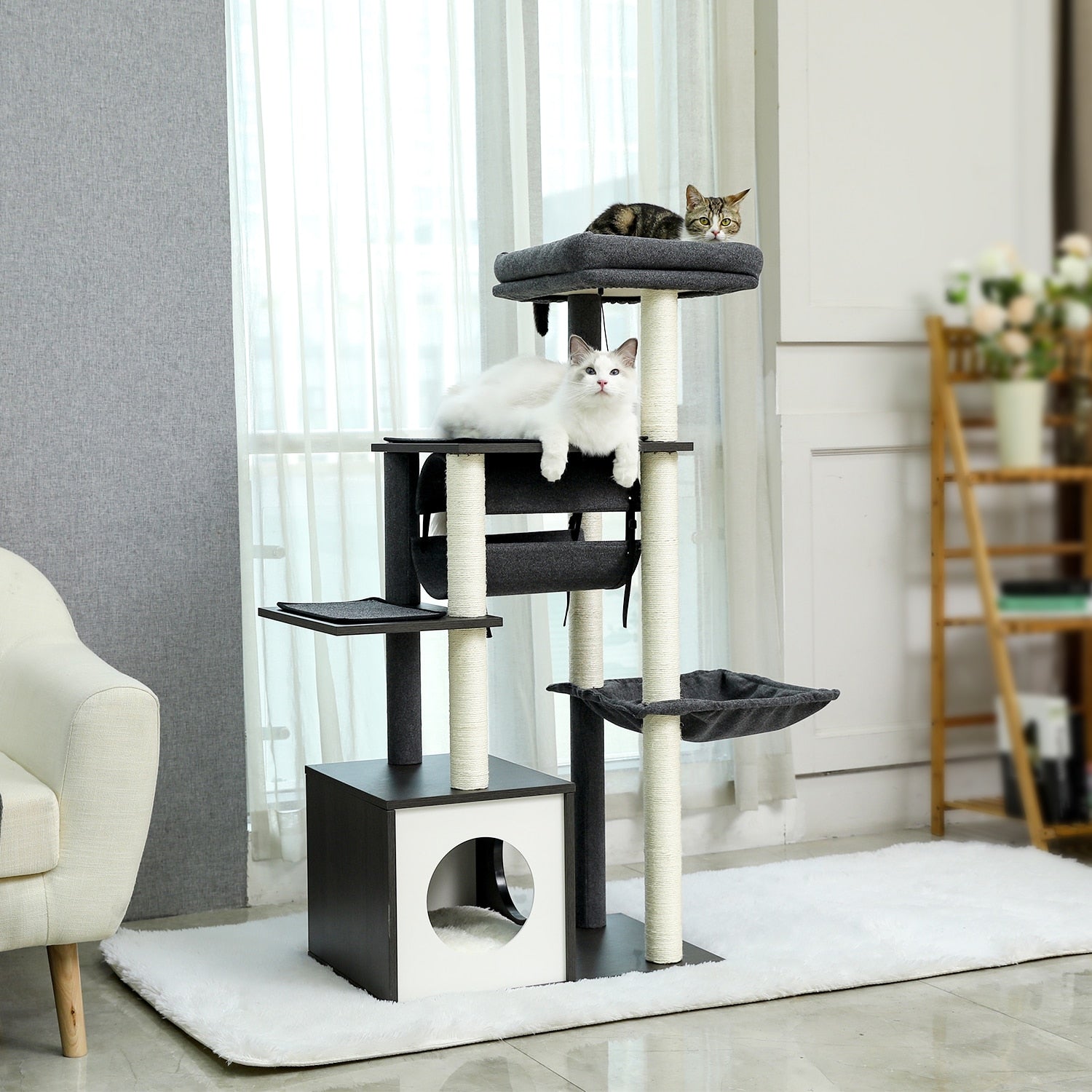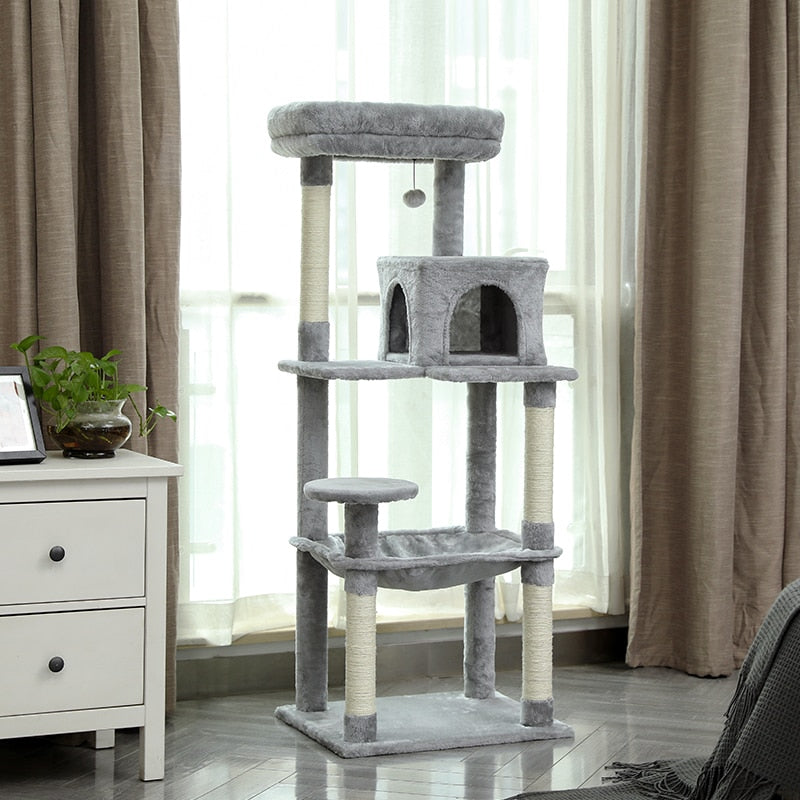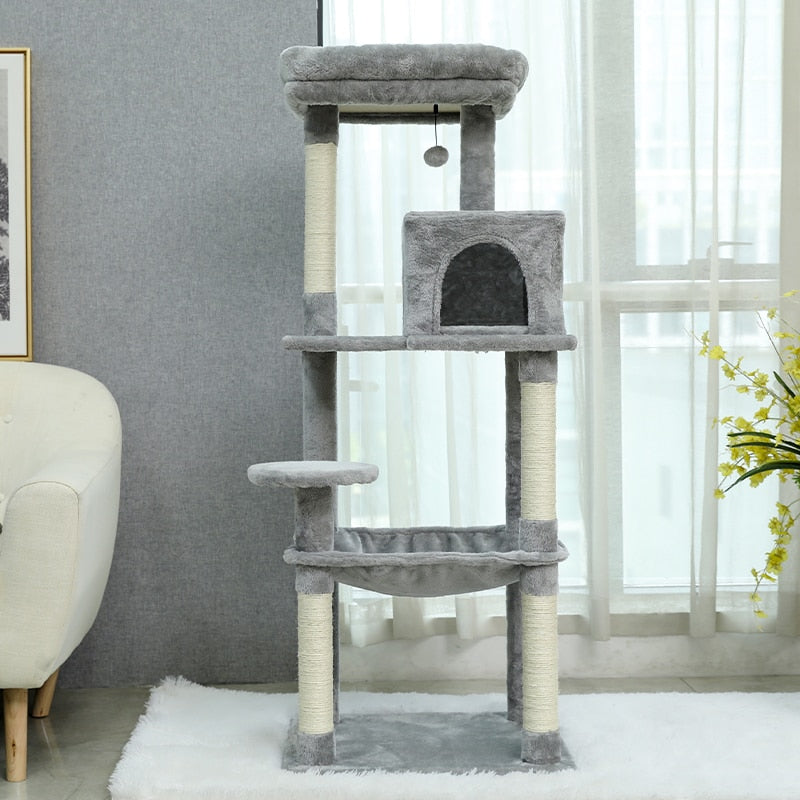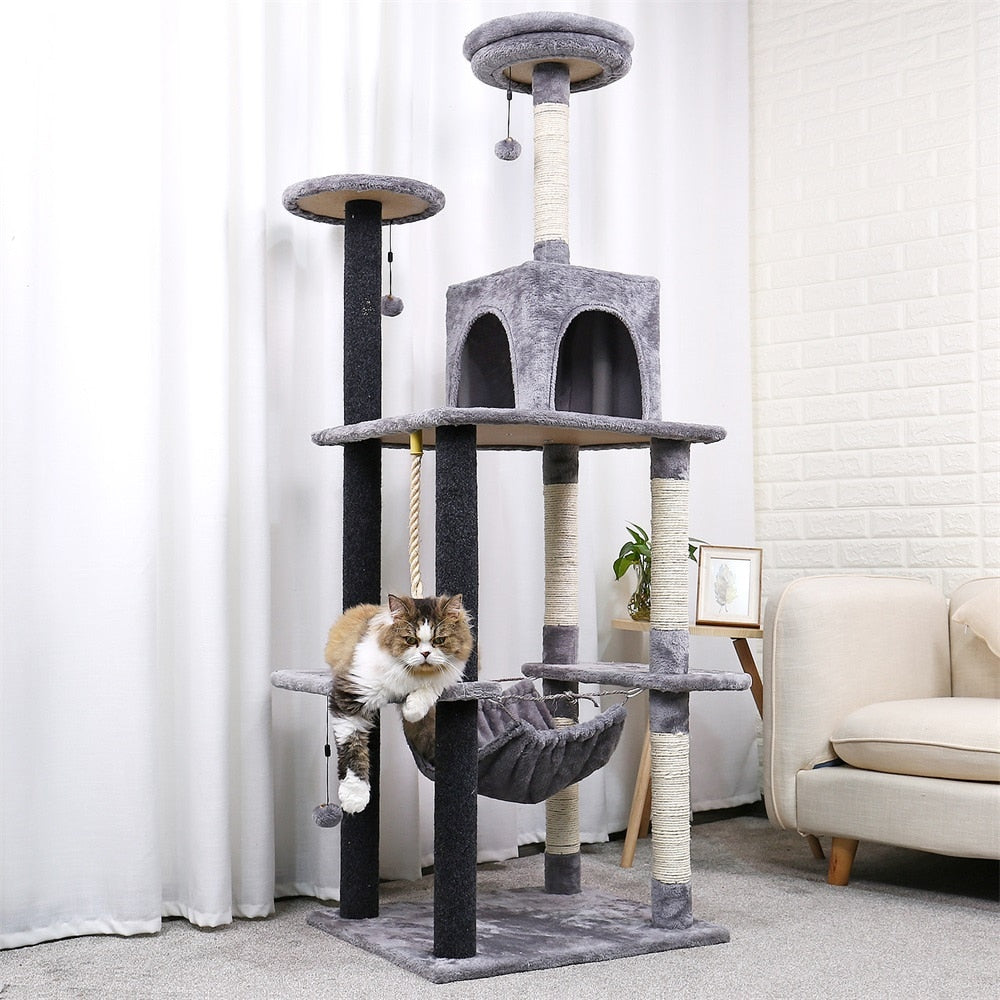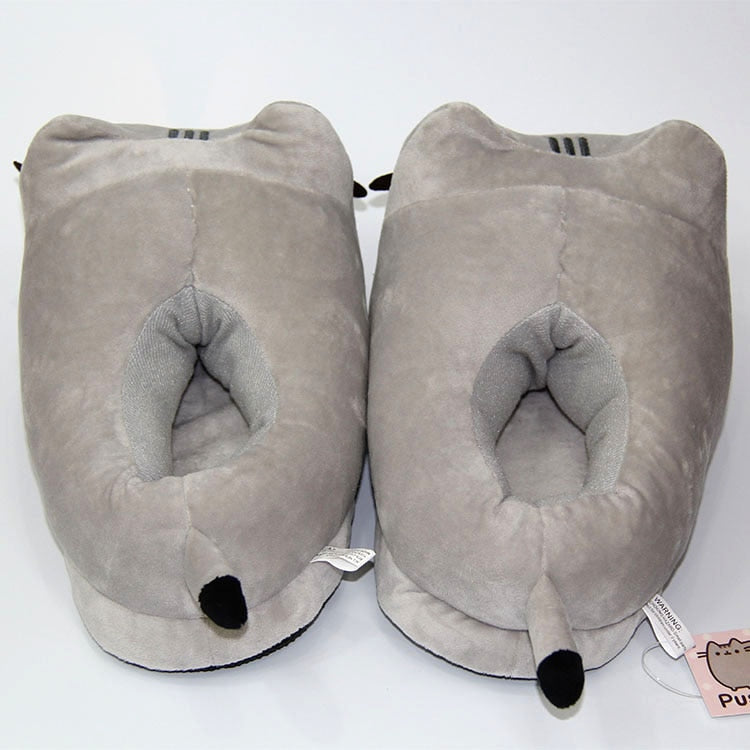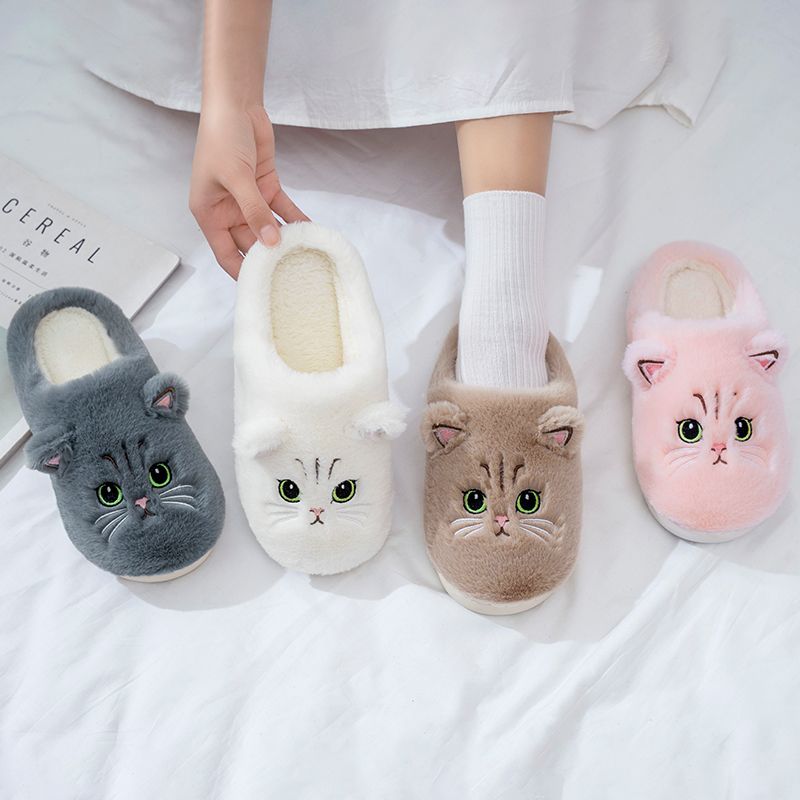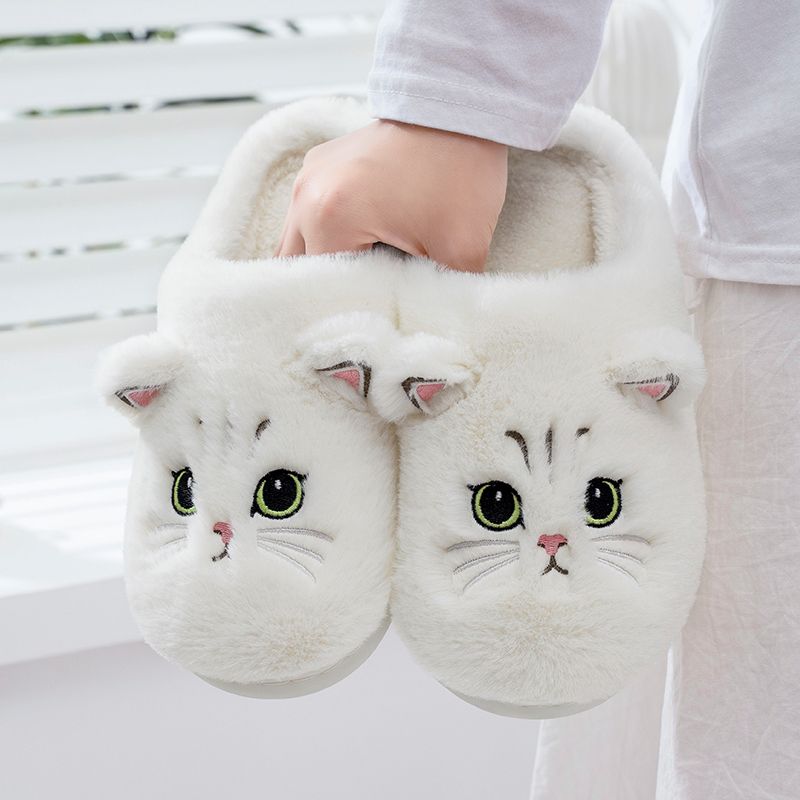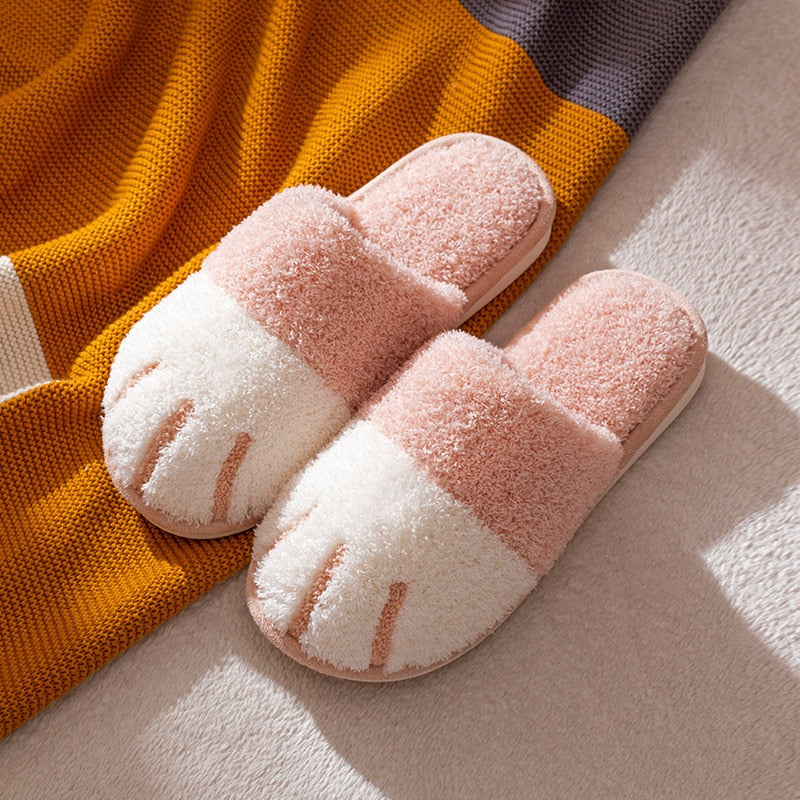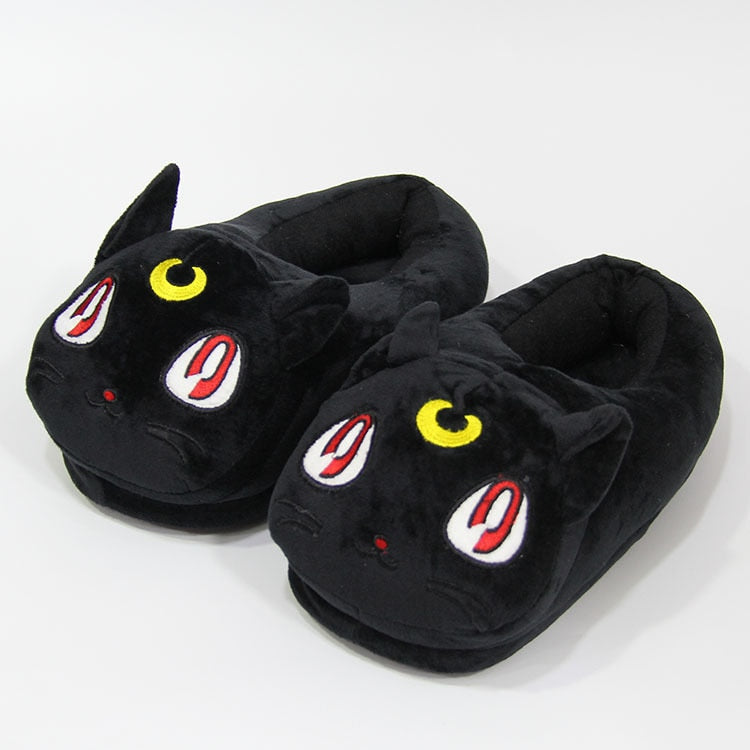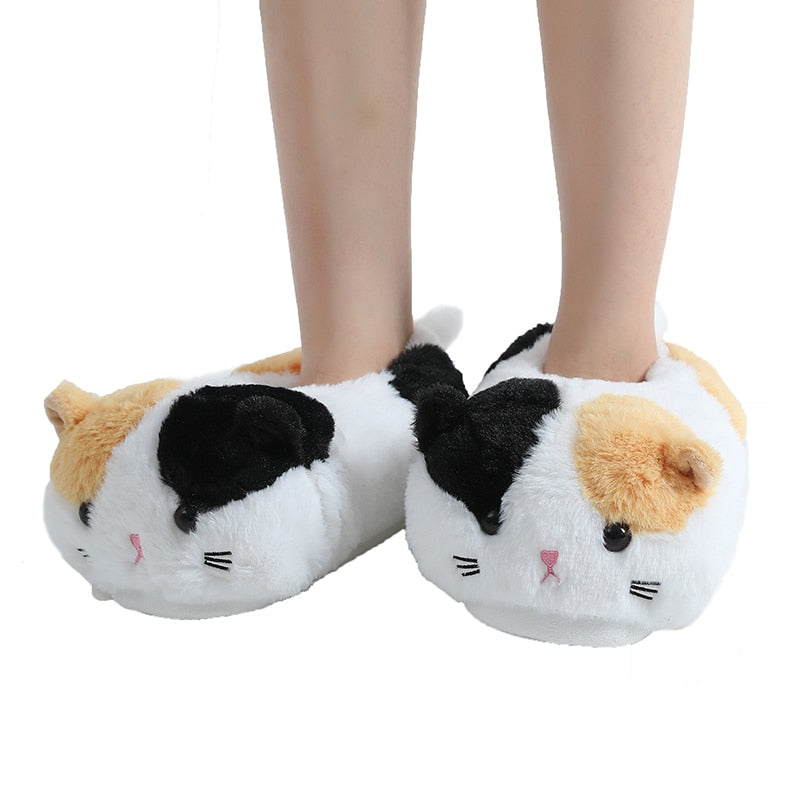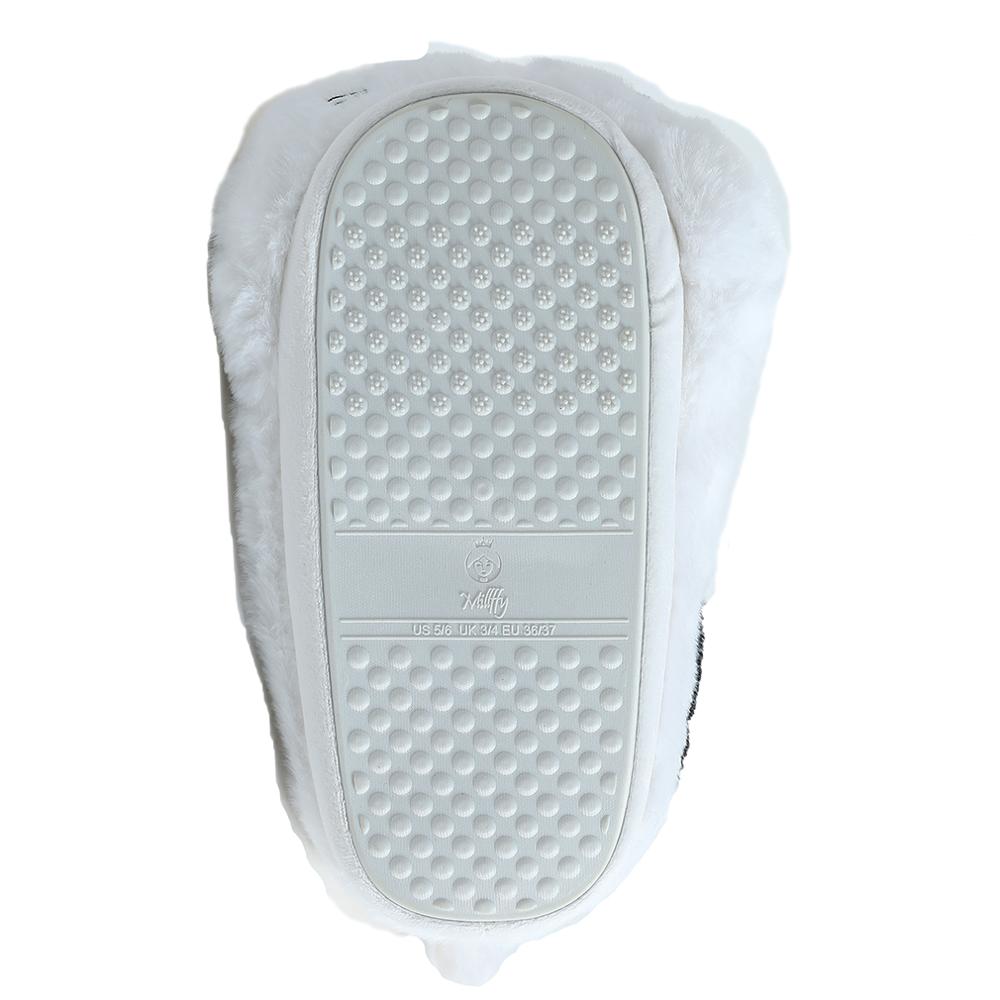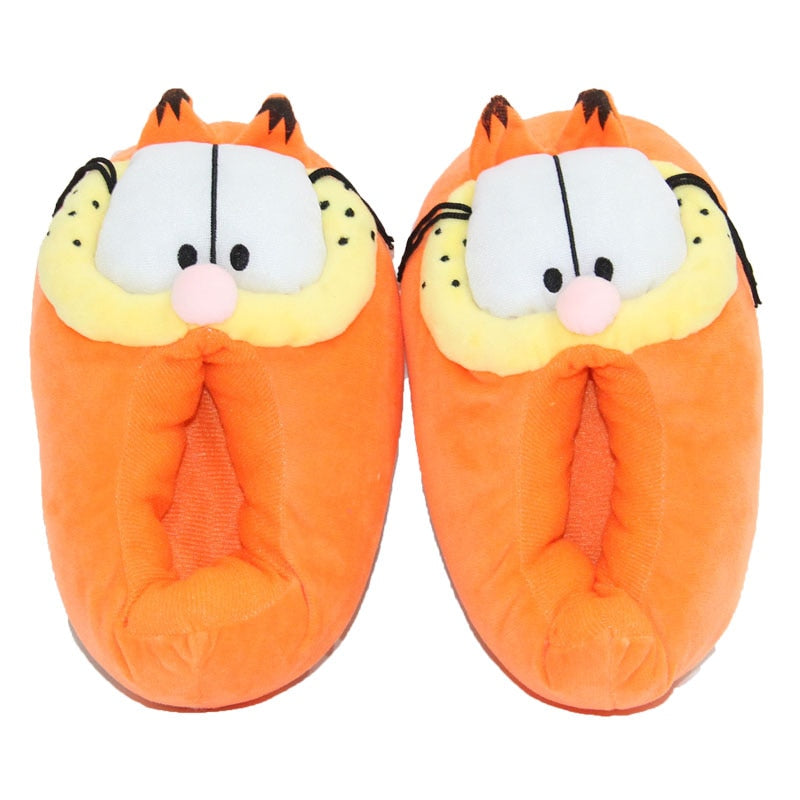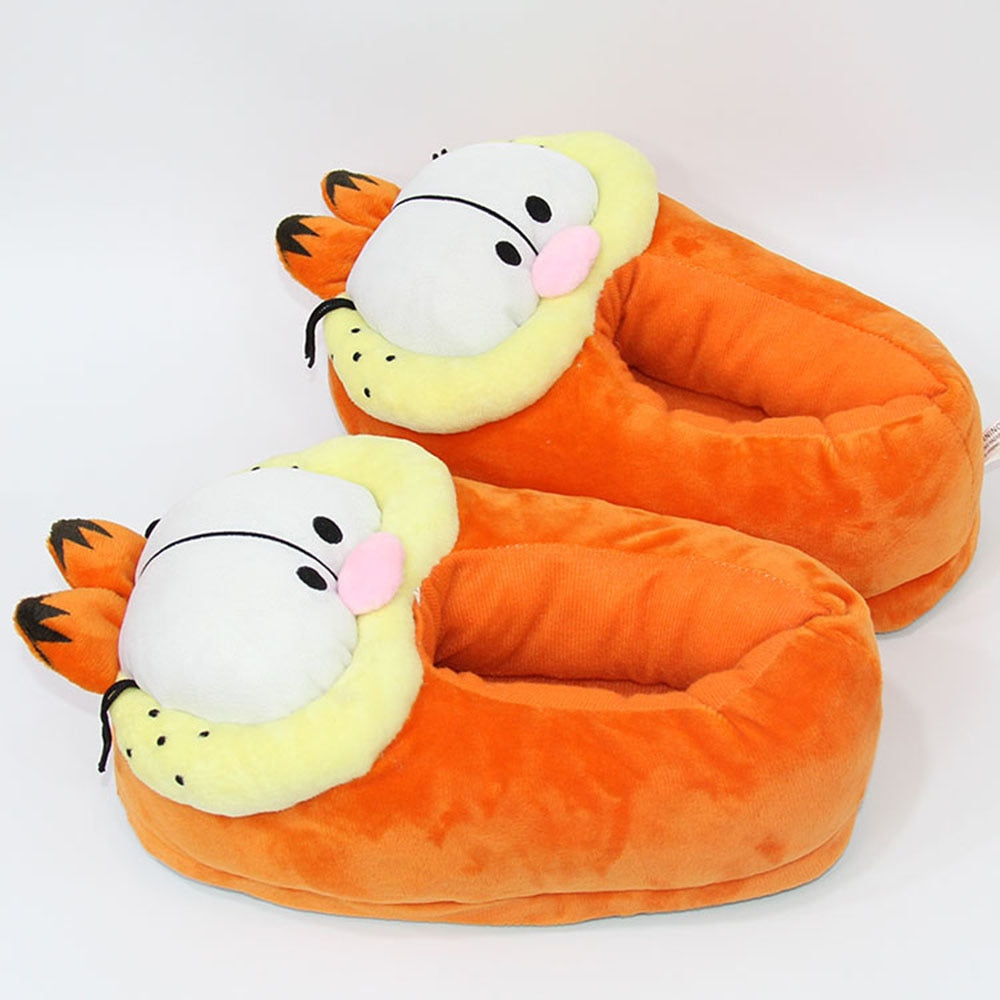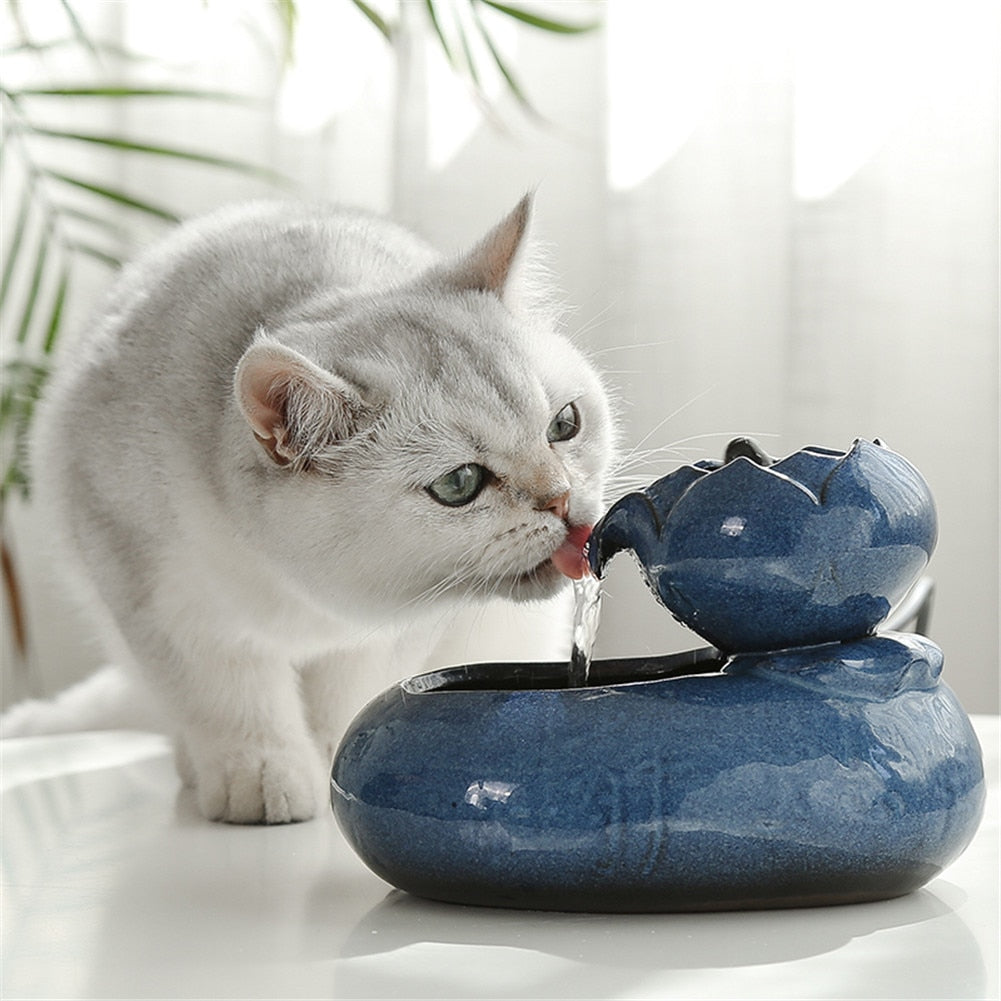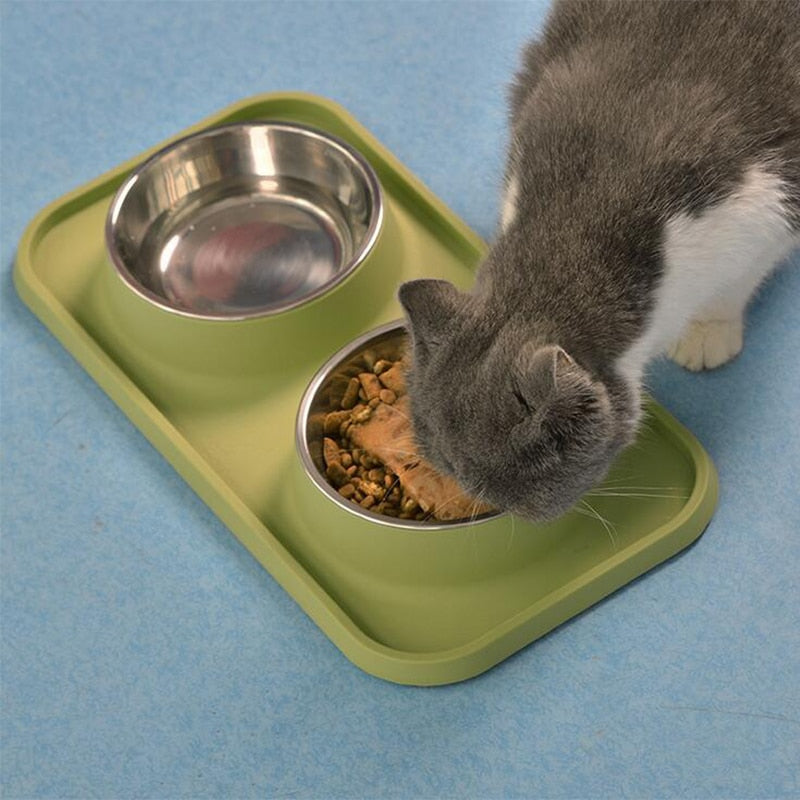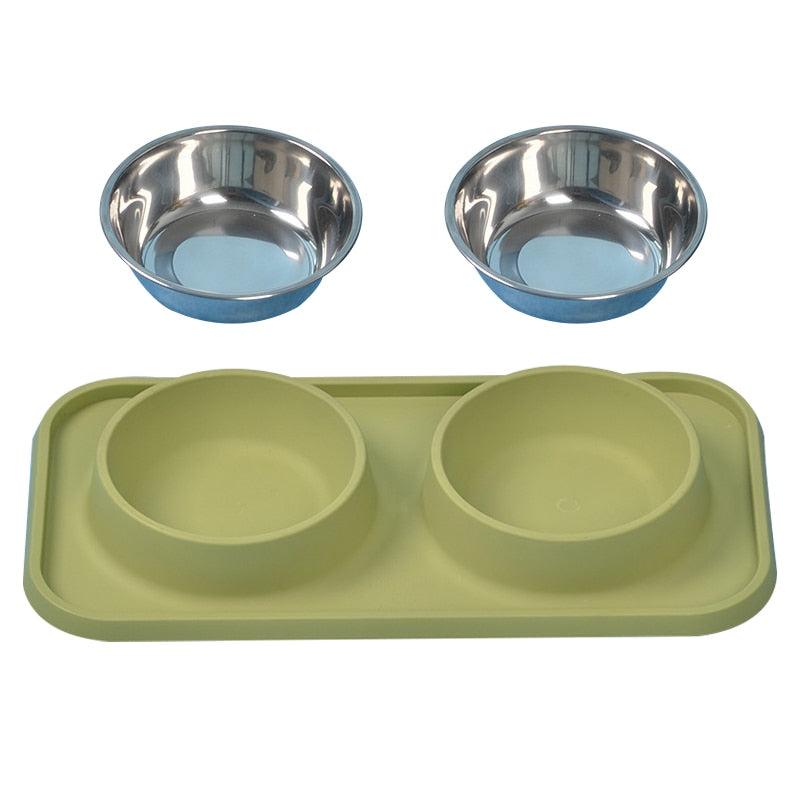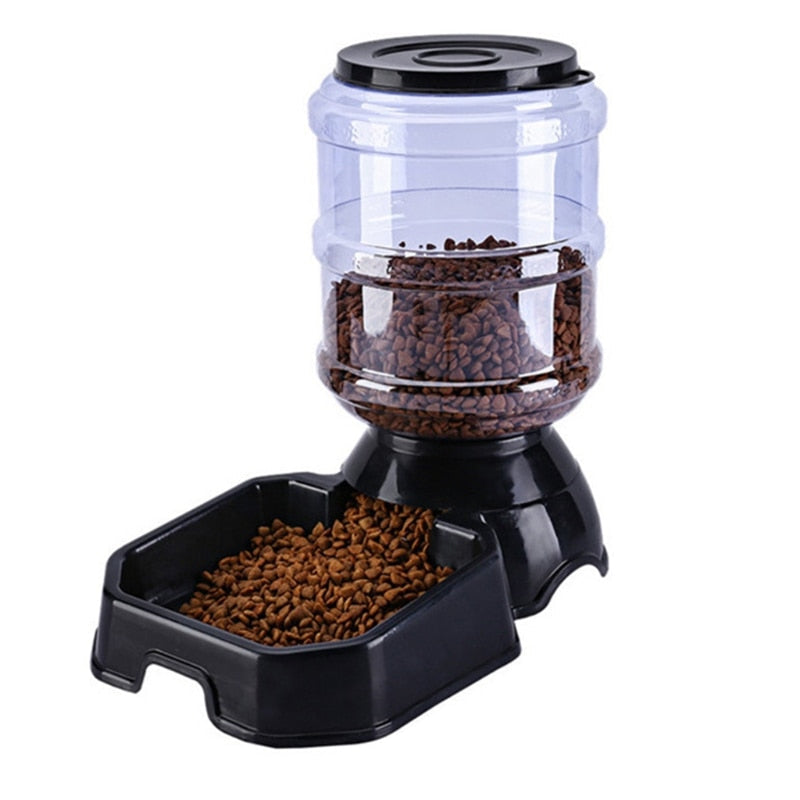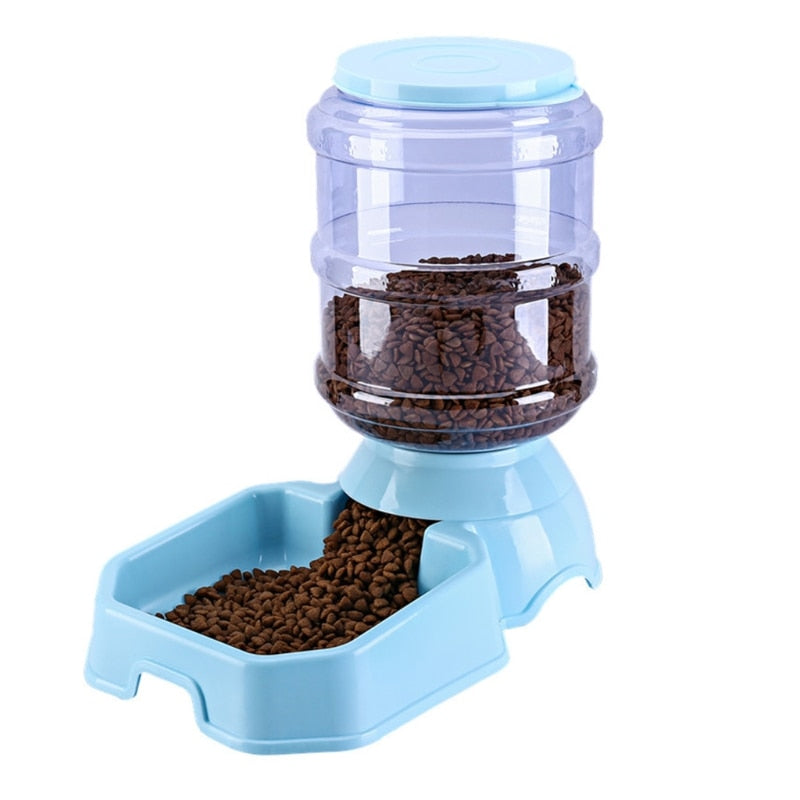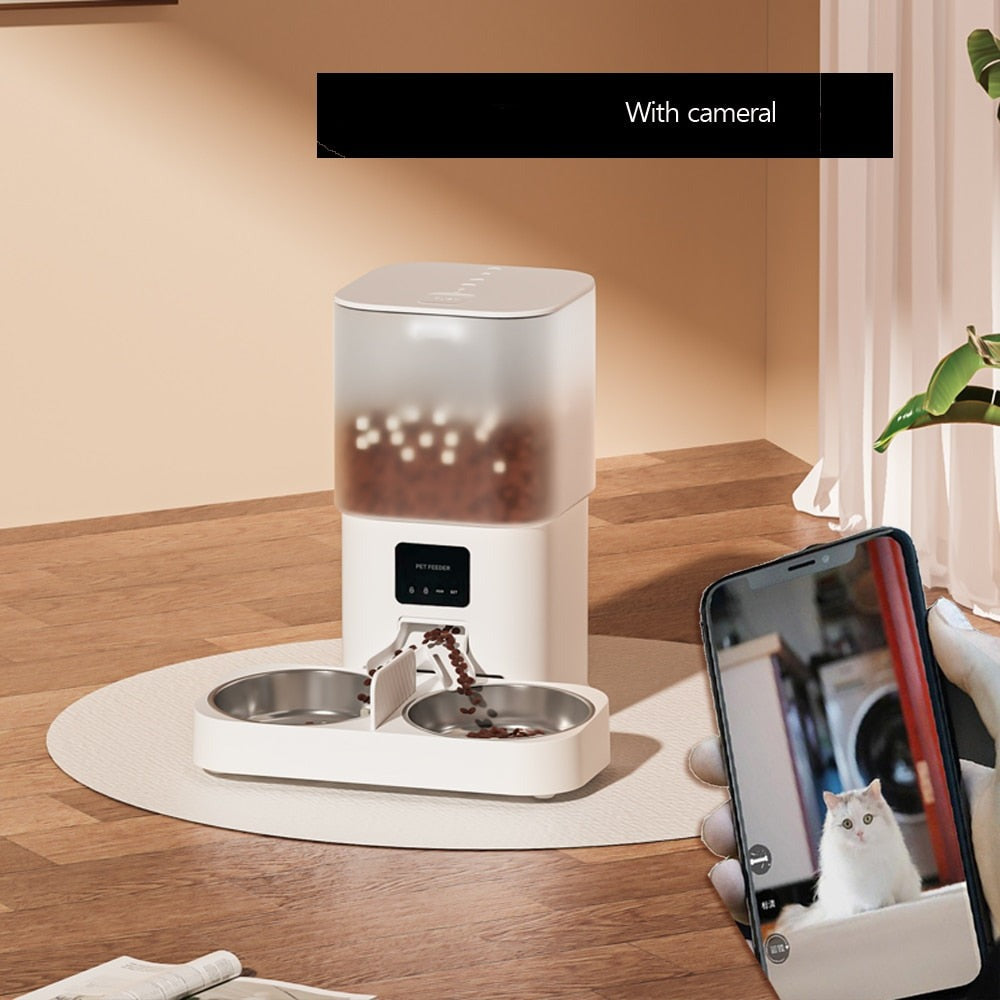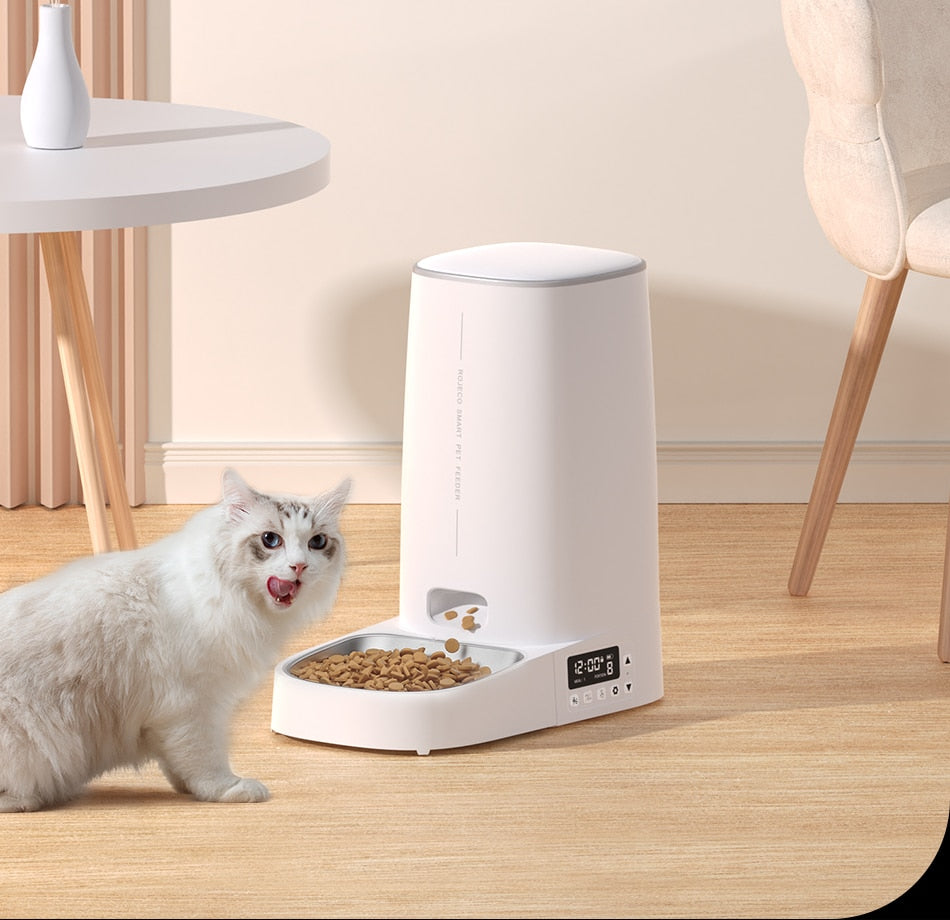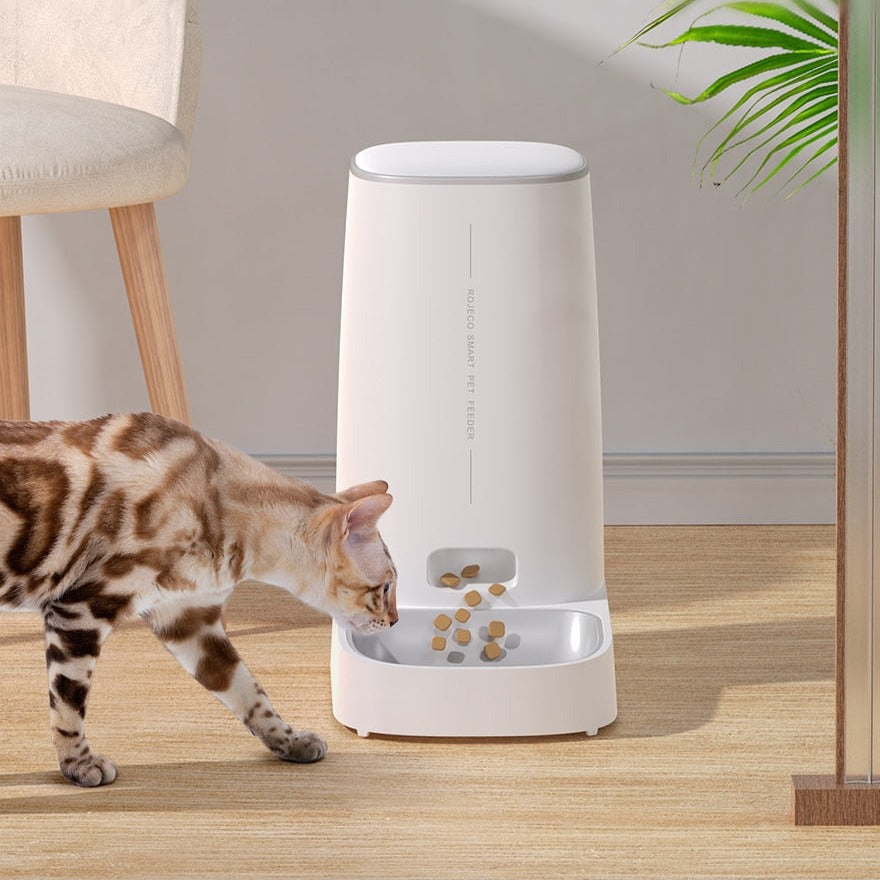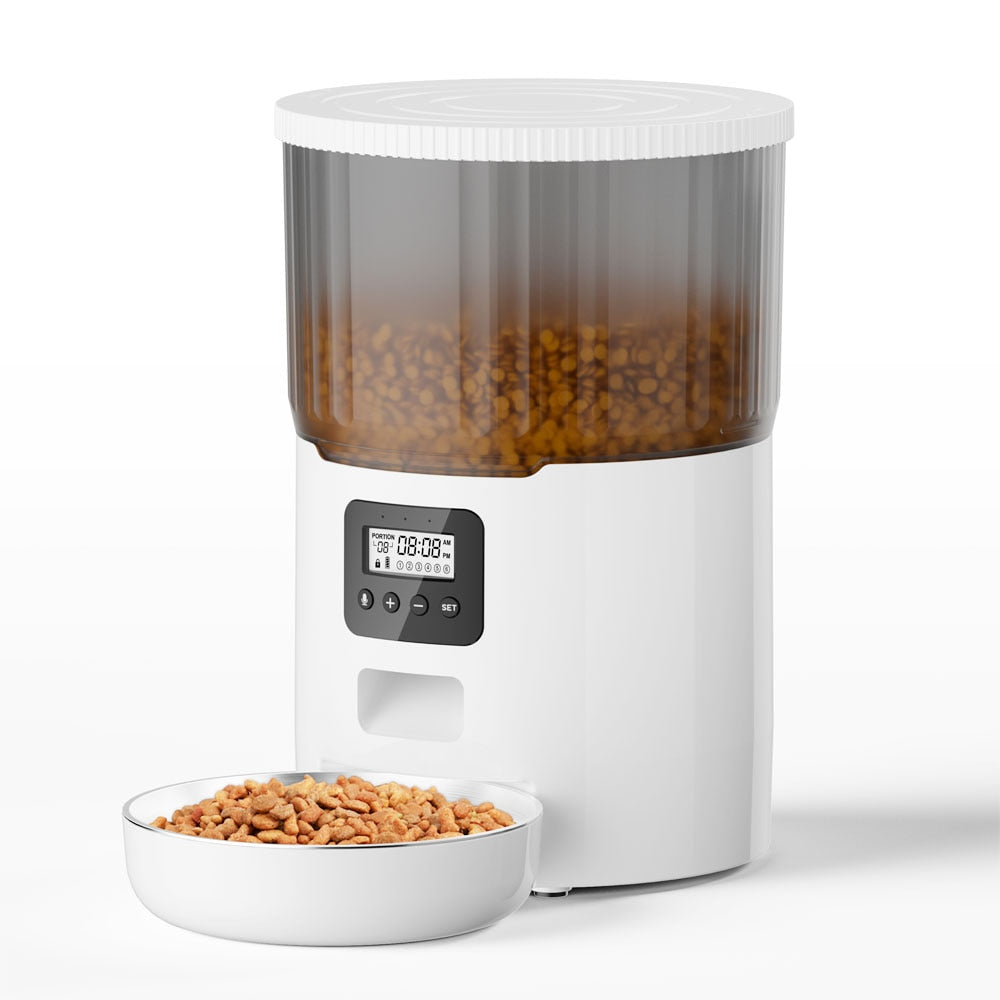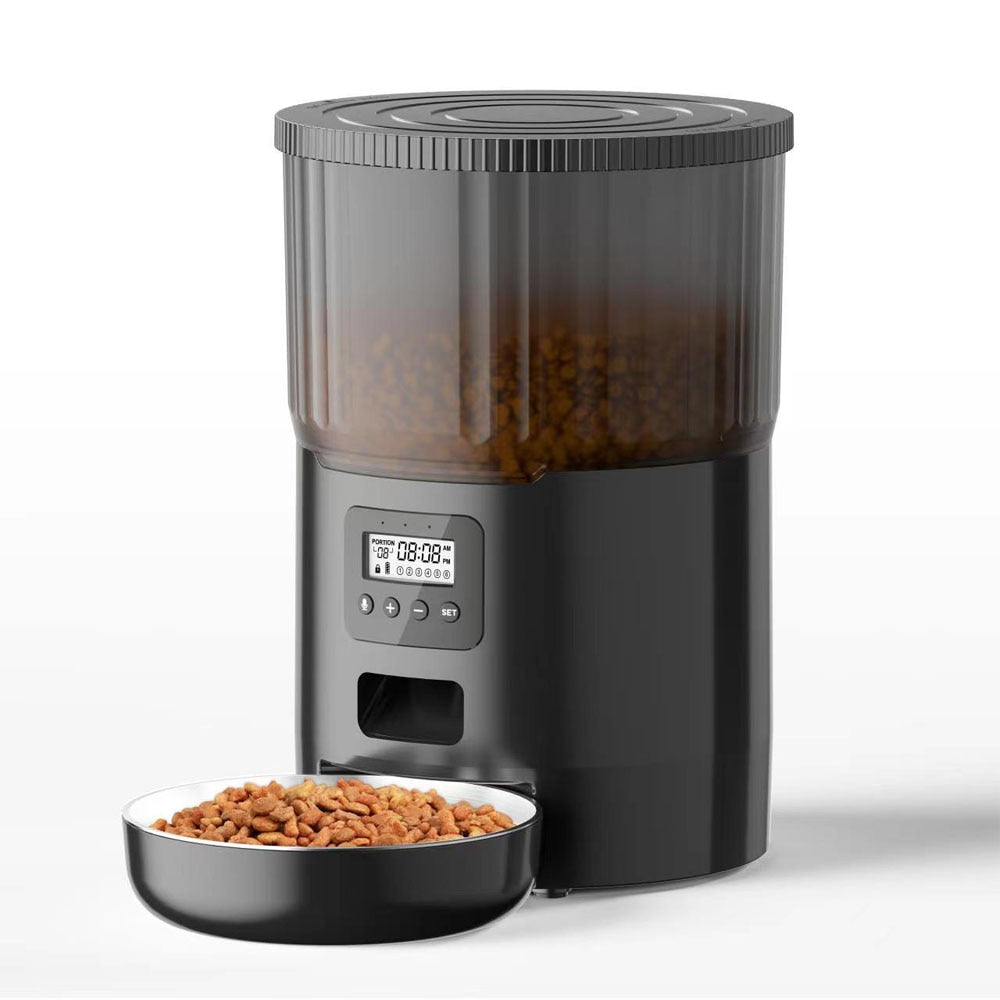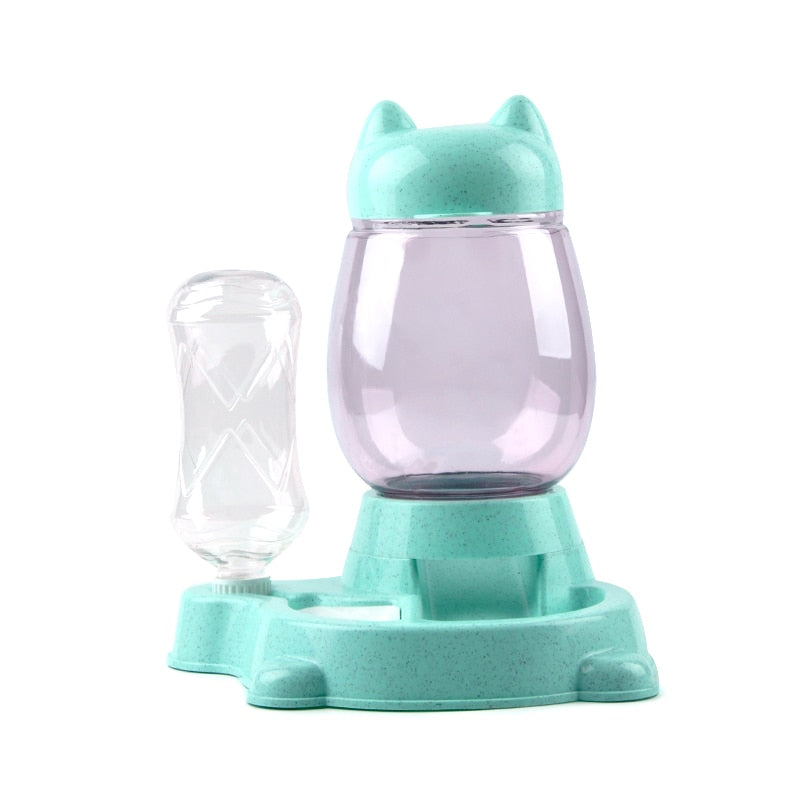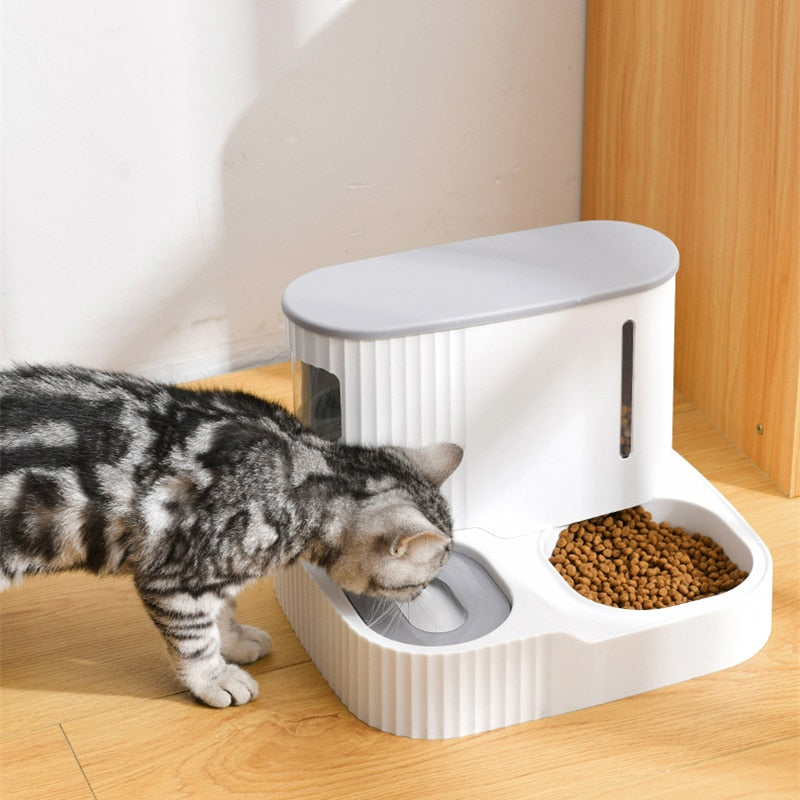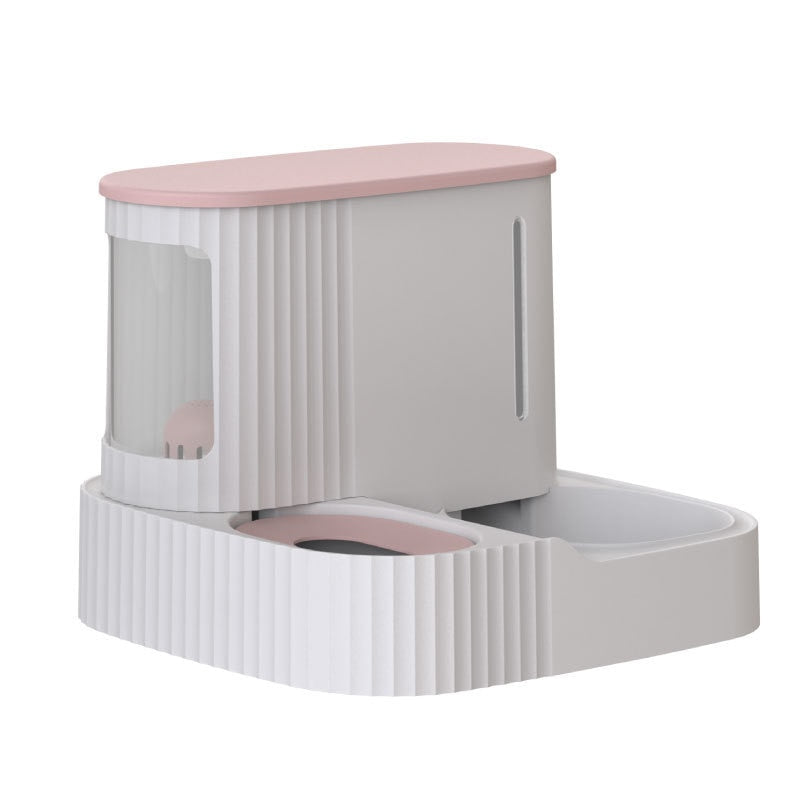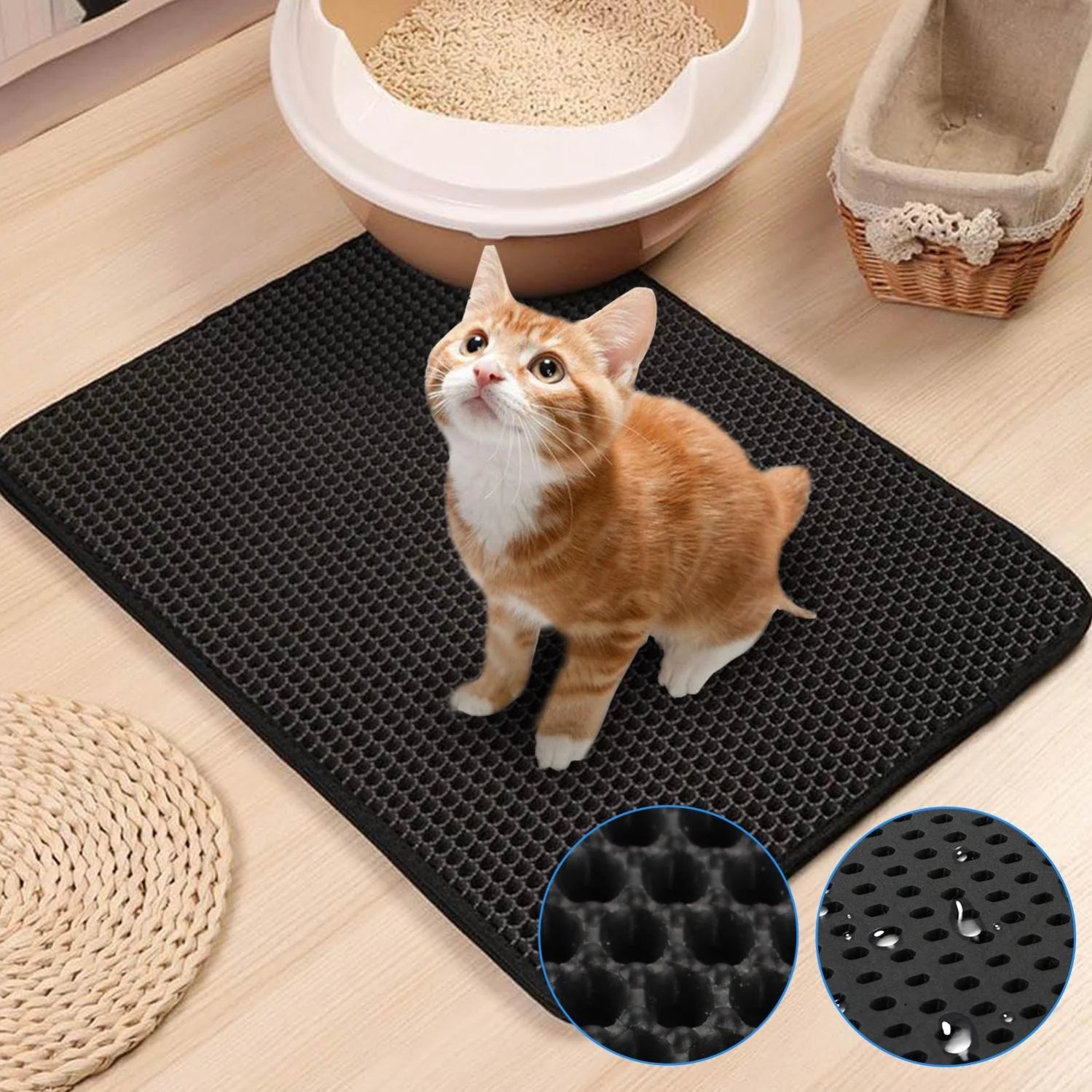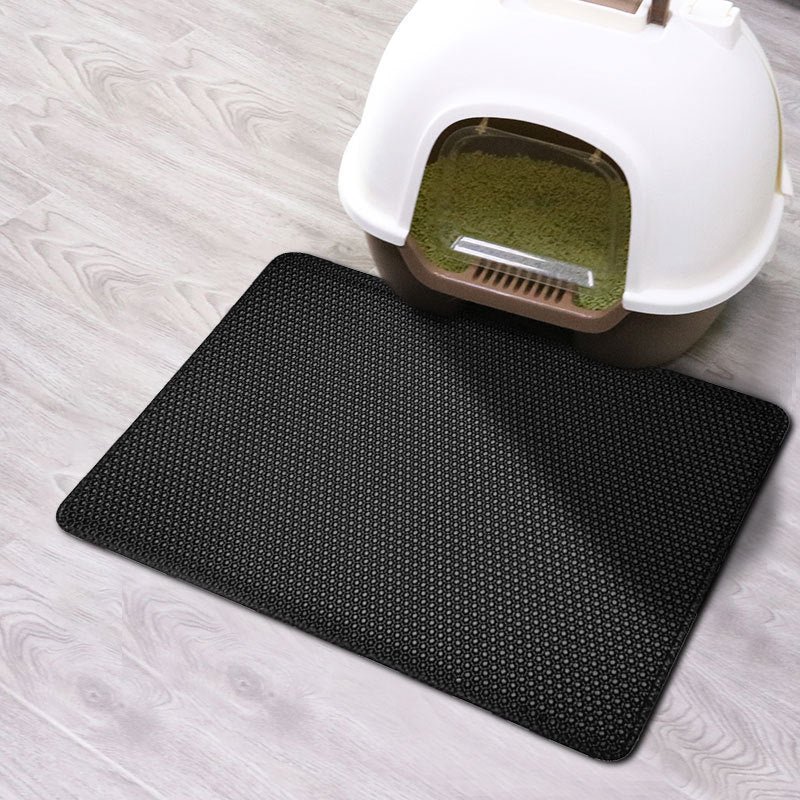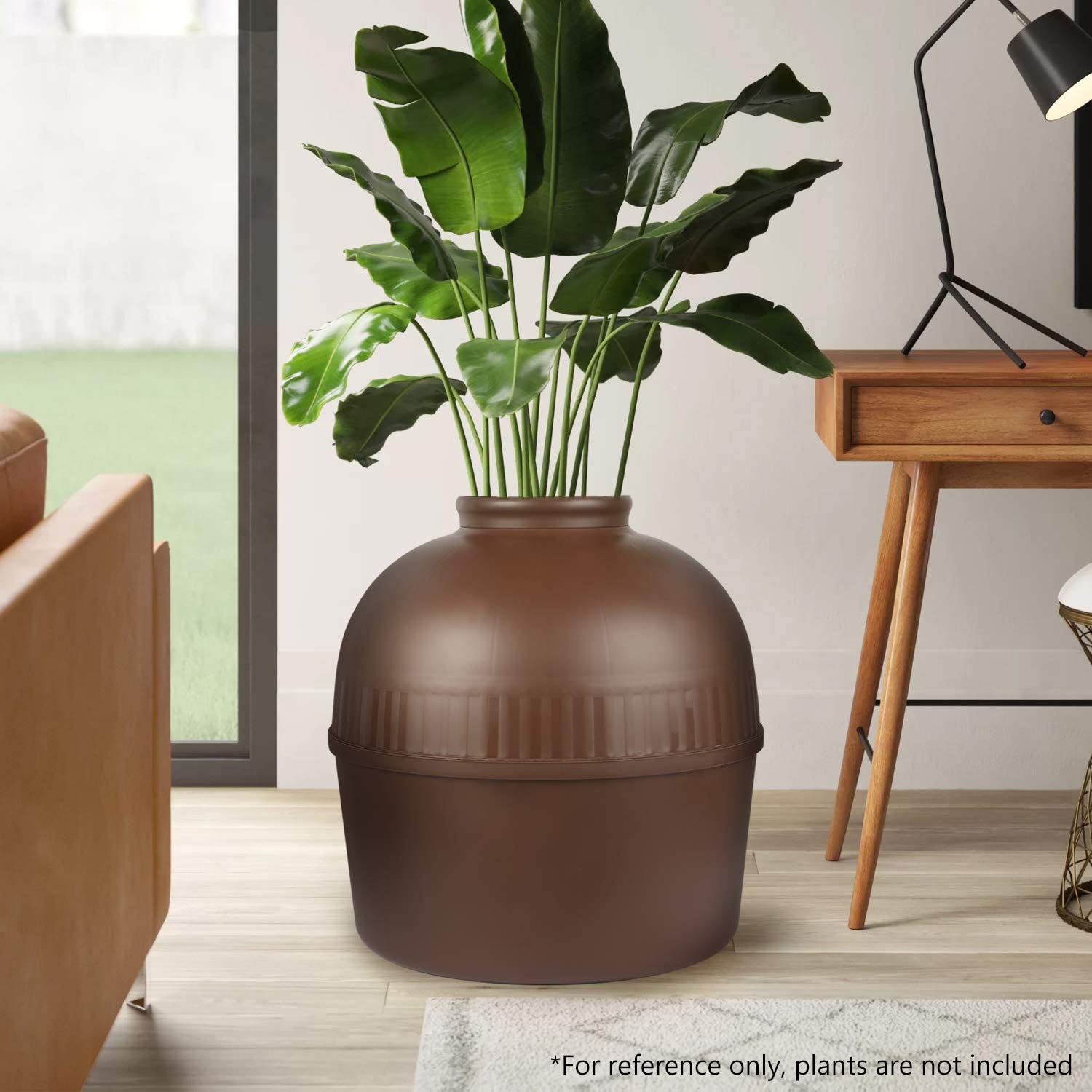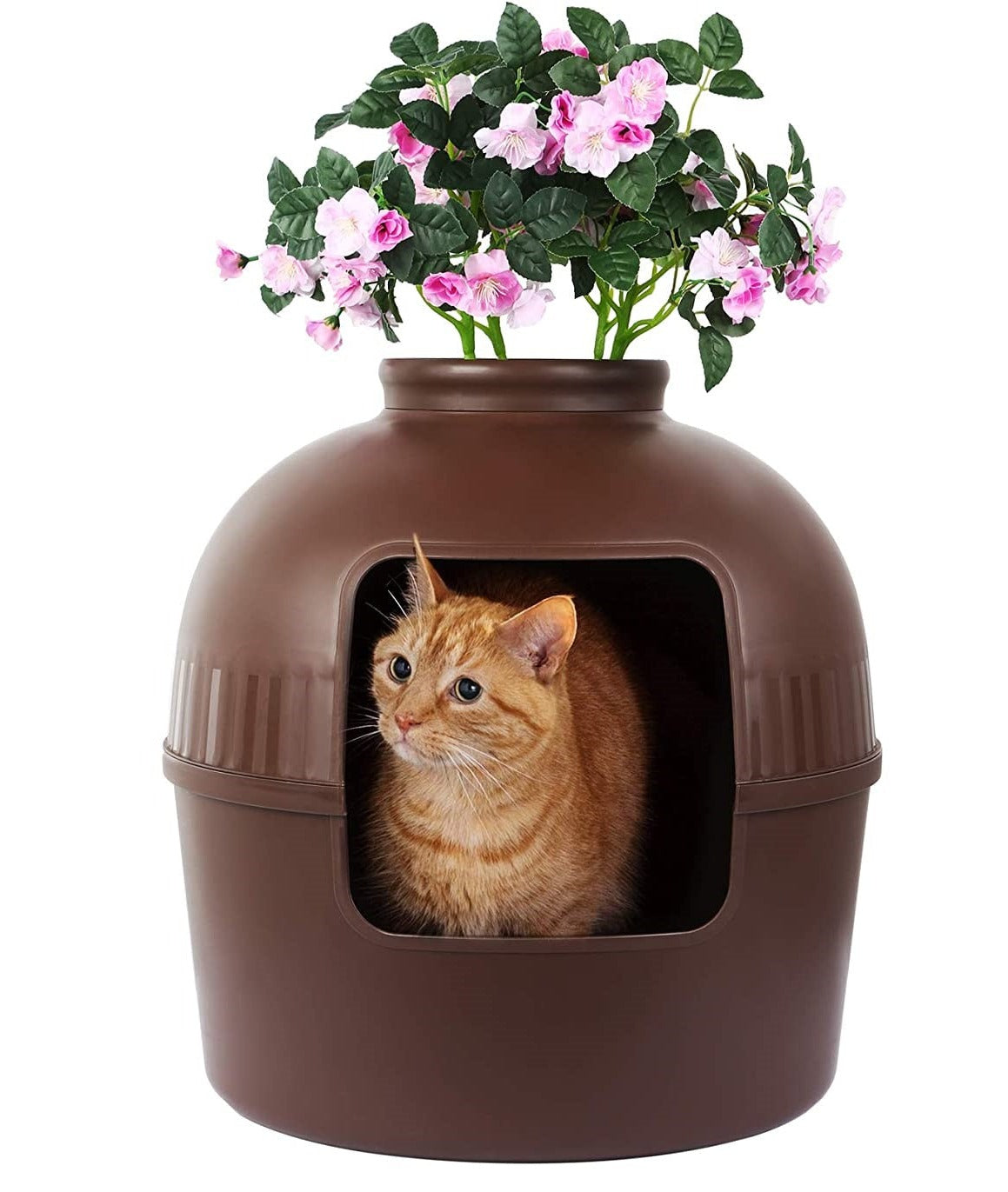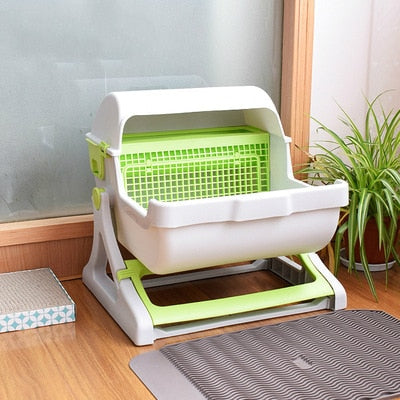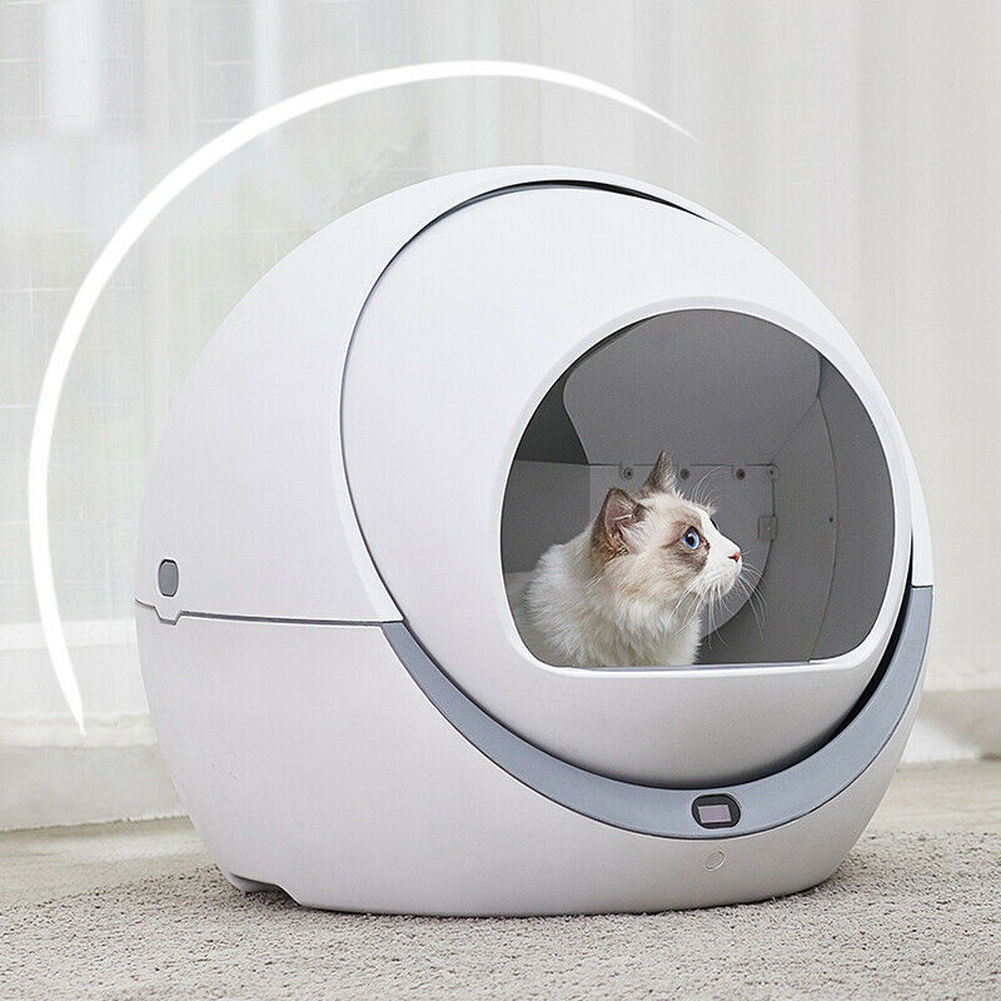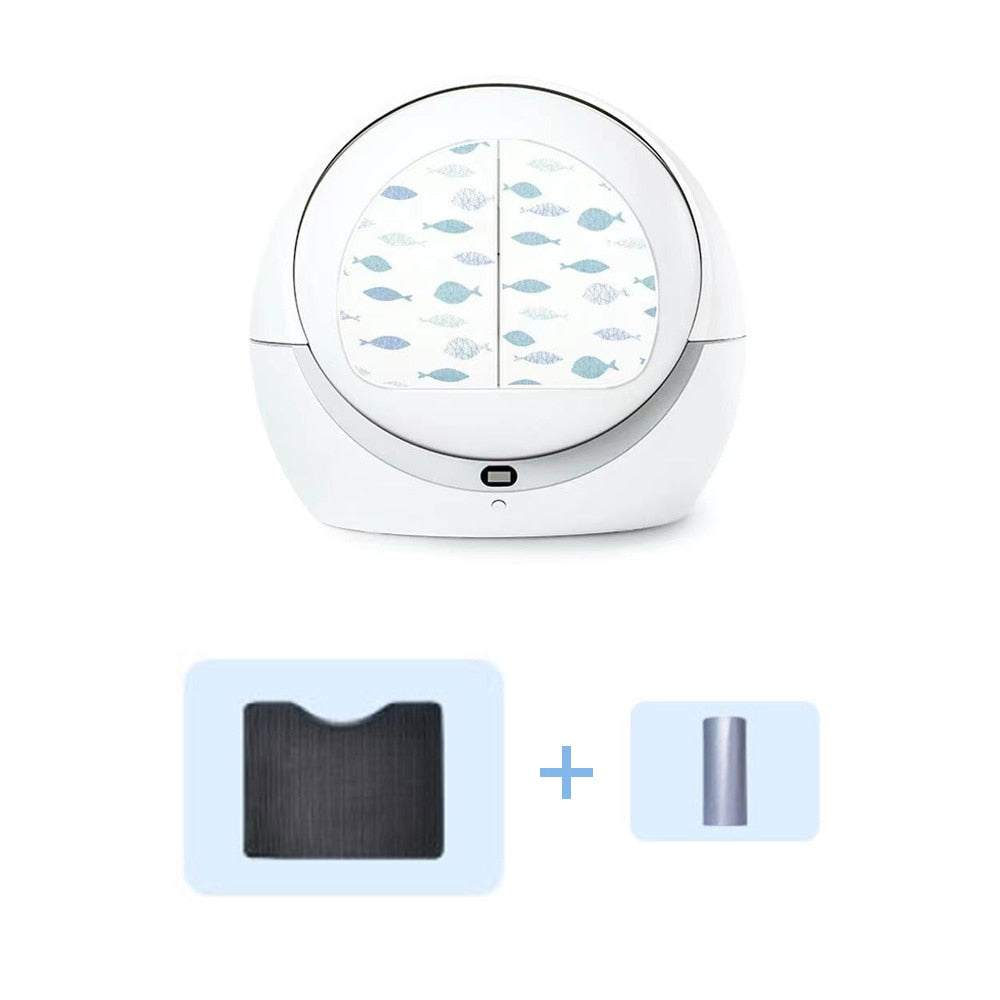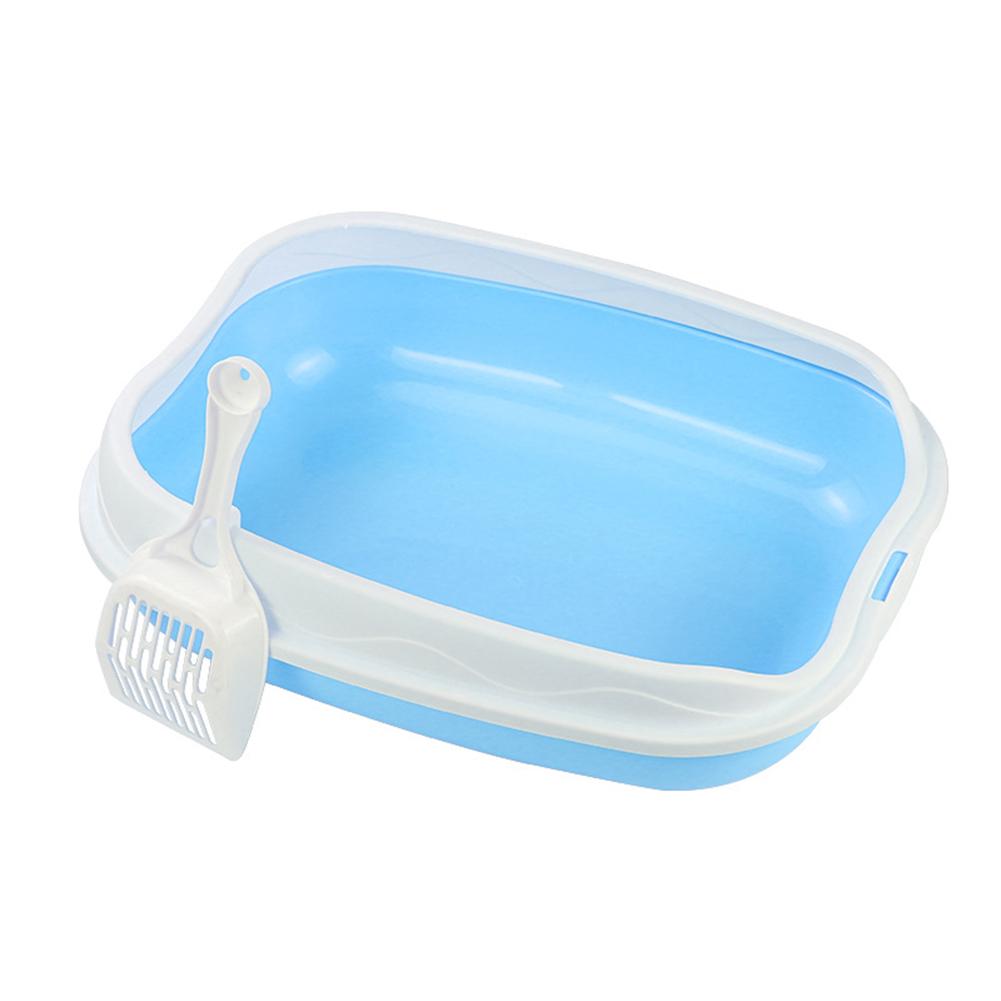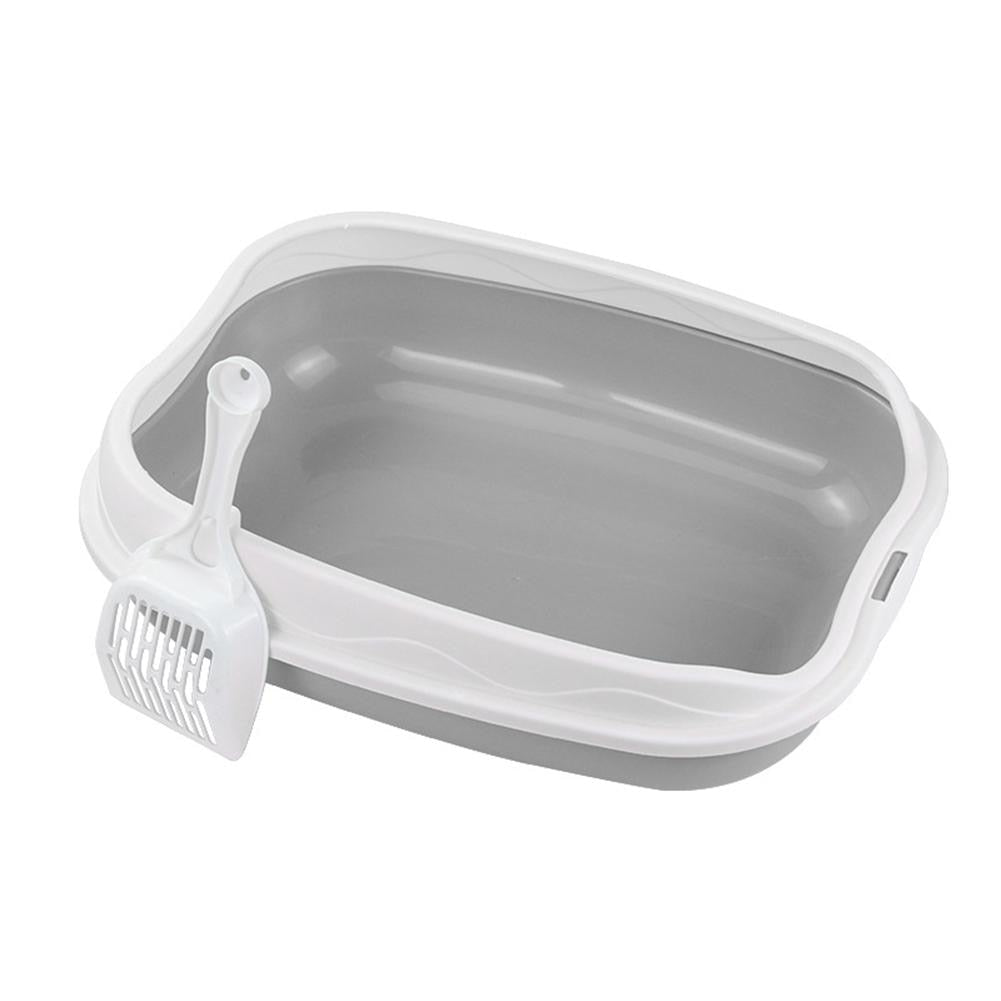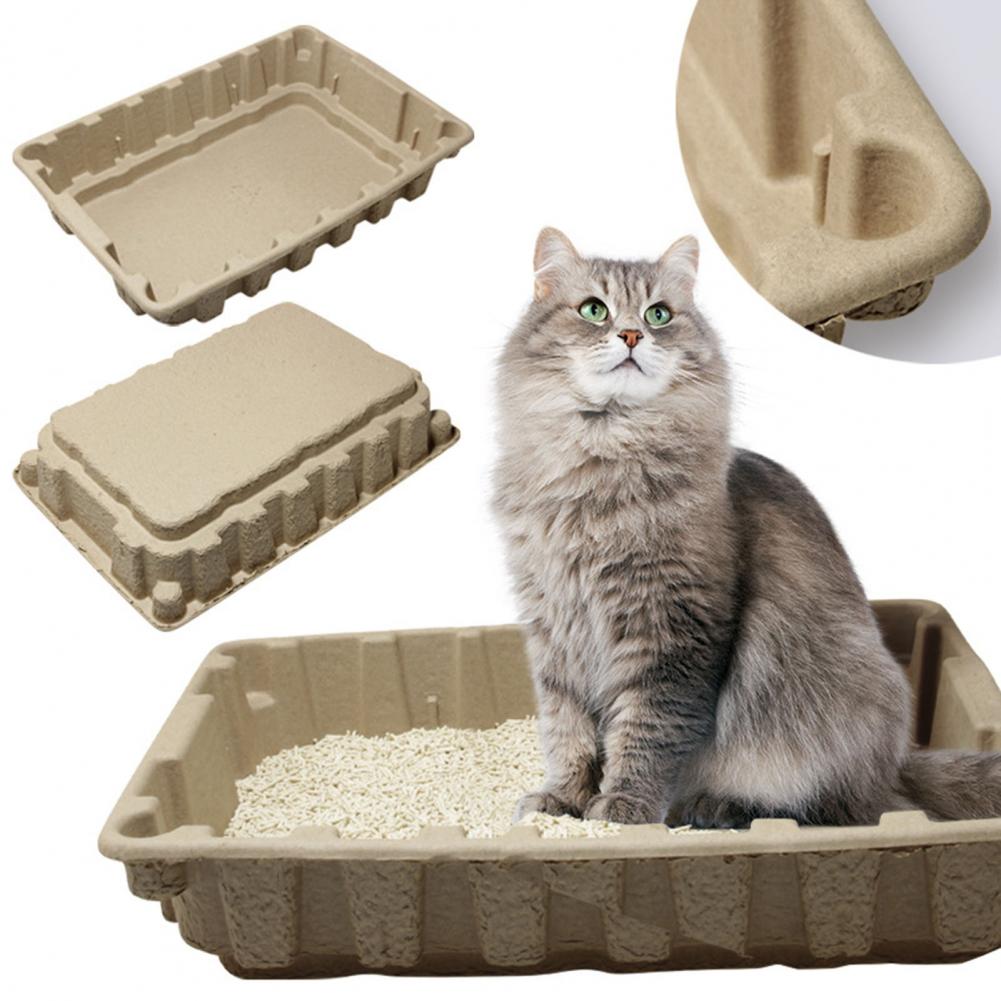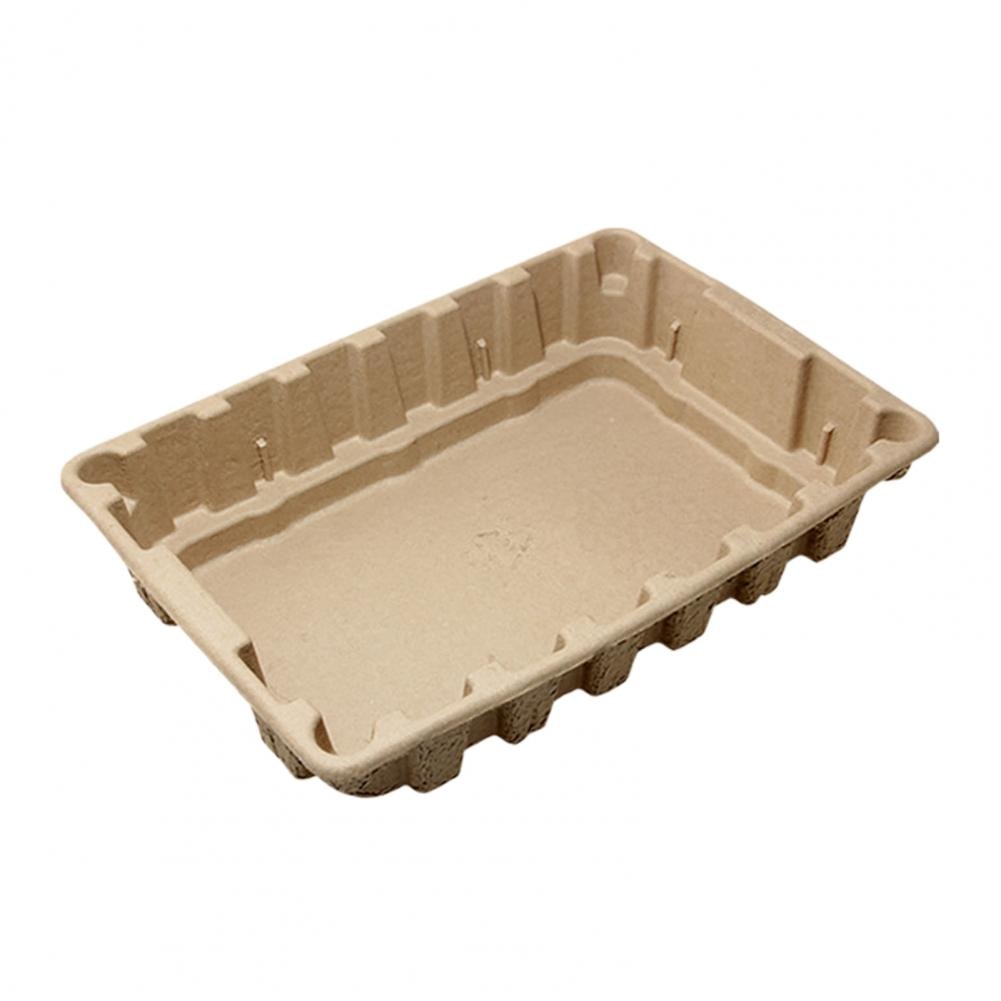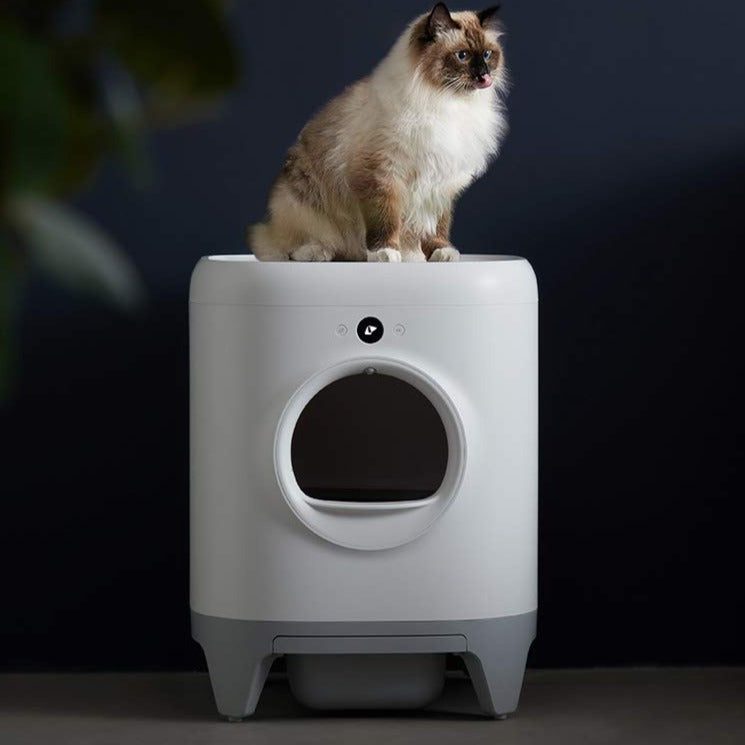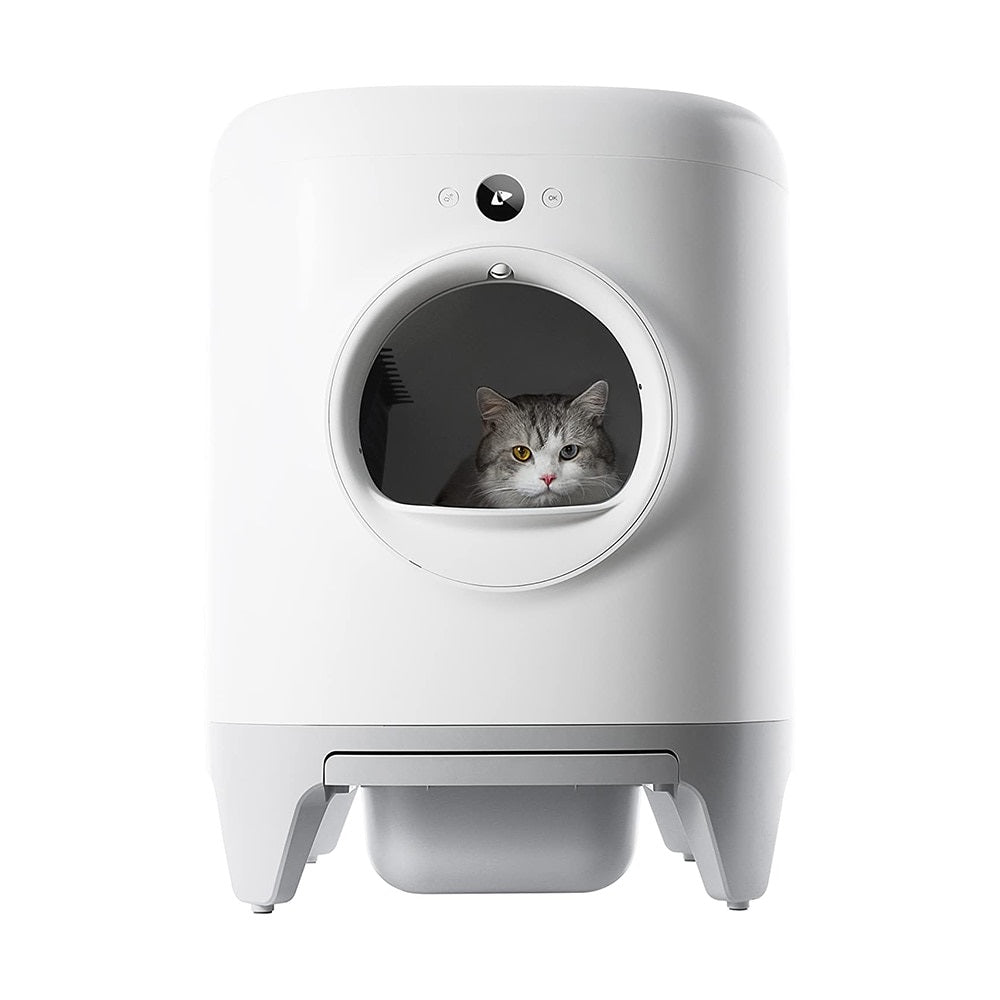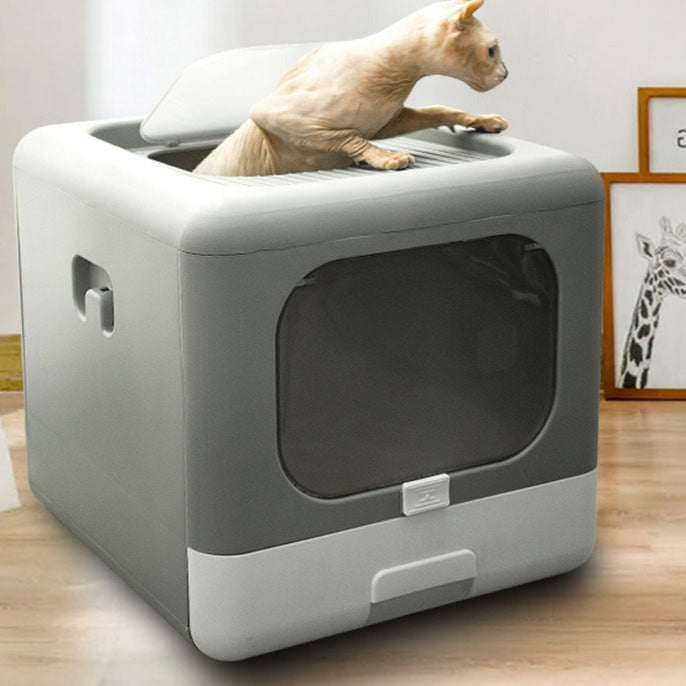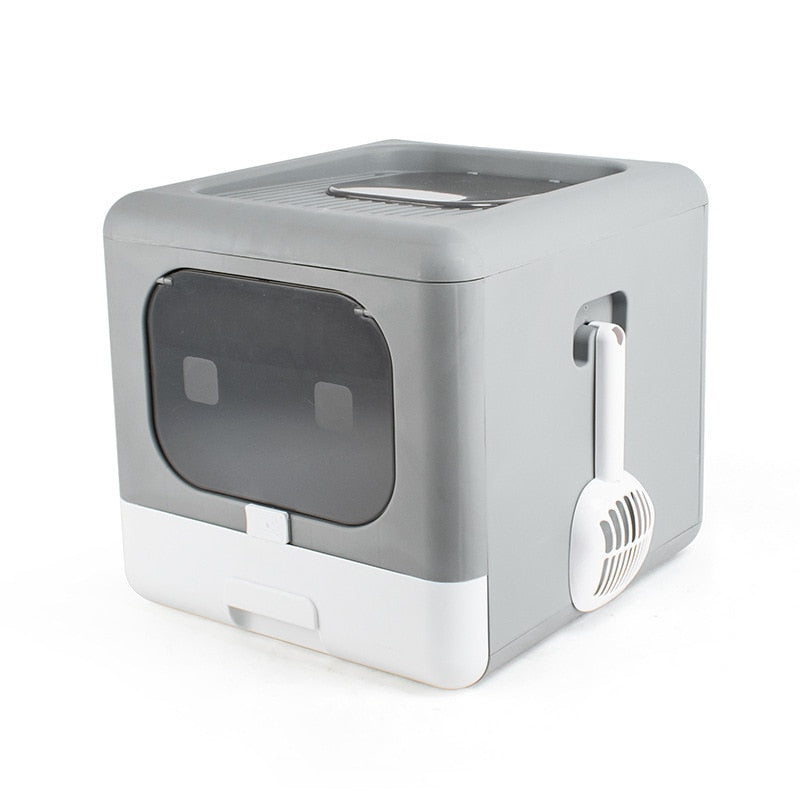Turkish Angora Cat Breed: Profile & Facts
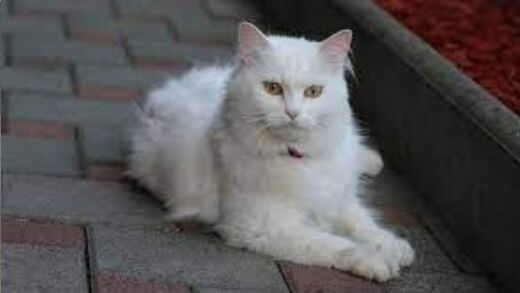
Turkish Angora: Character, education, health, price - The right cat for you?

With its medium size, great intelligence, independent, sociable and playful character, the Turkish Angora, a two-thousand-year-old cat from Turkey, is an ancient breed recognized throughout the world. Resulting from a natural genetic mutation, it is a cat prized for its physical elegance, its behavior and its iron health.
However, it needs a minimum of care and affection from you, as well as a number of suitable accessories to be happy and fulfilled. Find out everything you need to know about the Turkish Angora below, plus all the good reasons to adopt it.
The ideal cat for whom?
Due to its physique and behavior, the Turkish Angora is a breed of cat that easily adapts to the lifestyle of most owners. Indeed, it is an intelligent and independent cat, endowed with a semi-long fine and silky fur which does not require special care. He gets used to life both indoors and outdoors. Sociable, affectionate and playful, he loves children and cohabits well with other pets. So whether you live in the countryside, in an apartment or in a house, with or without a family, the Turkish Angora is for you.
Origin and history of the Turkish Angora
With its 2000 years of existence, the Turkish Angora is undoubtedly a very old cat breed. Product of a long natural genetic evolution, this small feline is not the result of any artificial crossing by man. Although its presence is noted in countries like Iran and Syria, the origin of the breed is attributed to Turkey. The cat also bears the name of the capital Ankara, formerly known as Angora.
The breed was imported into Europe around the 17thcentury by Italian Pietro Della Valle and French Nicolas Peiresc. The West, hitherto accustomed to short-haired cats, discovered this feline with long and majestic fur. It therefore enjoys a special status within the palaces and the French bourgeoisie for which it is a symbol of wealth, purity and luxury.
After the Second World War, the Turkish Angora was threatened with extinction, and the Turkish state was forced to stop its exports until the 1960s, in order to reconstitute the breed. Its popularity dates back to the beginning of 1970 in the United States and Europe, especially in France. Recognized in 1973 by the Cat Fancier Association (CFA) then the FIFé in 1988, the Turkish Angora served as a basis for the creation of emblematic breeds such as the Persian and the Maine coon.
Physical characteristics of the Turkish AngoraTurkish
TheAngora has a triangular shaped head, small compared to the rest of its body. He has a moderately long straight nose, as well as a long muzzle and a firm, somewhat rounded chin. He has large almond-shaped eyes, quite expressive. If all colors are allowed, you will find blues or odd varieties (eyes of different colors). As for its ears, they are large, broad at the base and slightly rounded at the ends. They are provided with hair and carried high on the head.
You will also notice that the Turkish Angora has an average build, with an athletic physique and a slender figure. His long, slender body has strong muscles and fine bones. Its legs are long and thin but quite strong, ending in oval feet with hairs between the toes. As for its tail, it is wide at the base and covered with feather hairs which fray along the length.
Finally, the Turkish Angora sports a mid-to-long dress with a fine, soft and silky texture, giving it an elegant look. No undercoat is observed. On the other hand, we note that the hairs appear longer at the level of the collar, the panties and under the belly. The breed standard admits all coat colors except chocolate, lilac, fawn, sepia, and colourpoint coats.
Behavior of the Turkish AngoraTurkish
TheAngora is a relatively talkative cat that tends to meow to demand your attention. Fond of tenderness and caresses, he developed a particular love for water and swimming. It is also a very independent cat who appreciates freedom, whatever at times it may turn out to be quite a pot of glue, even possessive, asking to be the center of all attention.
Hyperactive cat, he is endowed with a great intelligence, a curious and playful spirit. By combining it with its docile and sociable temperament, it meets all the criteria of the ideal companion for a family setting. Even if he enjoys the company of humans and all members of his family, the Turkish Angora is particularly fond of children with whom he shares long moments of play. Finally, note that it has no trouble cohabiting with its congeners or other pets in the house.
Health and care for the Turkish Angora
You will appreciate knowing that the Turkish Angora is one of the rare breeds of cat that does not present genetic pathologies or a penchant for some recurrent disease that would be specific to it. It is therefore a cat with solid health. In addition, he is not predisposed to being overweight.
You just need to make sure to protect it effectively against diseases common to all cats, including vaccination, deworming, external pest control, and descaling to limit oral problems.
Moreover, the Turkish Angora is not immune to any accident that may occur at home or outside. In order to guarantee him the best health care and to preserve your savings in the event of illness or disaster, subscribing to a mutual insurance company for cats is the ideal solution.
Does the Turkish Angora need specific food?
You should note that purebred cats do not absolutely need food that is specific to them. Like all cats, your Turkish Angora just needs a healthy, balanced and varied diet, and above all biologically adapted to its strict carnivore diet.
You can therefore offer him a mixed diet (croquettes and pâté) made with natural ingredients such as meat and / or fish. It must be sufficiently rich in animal proteins, vitamins, trace elements and be caloric to ensure its vital functions but also to meet its significant energy expenditure. Only premium croquettes and quality pâtés best meet this requirement.
On the other hand, we recommend that you avoid inexpensive foods prepared with ingredients of questionable origin, having a high concentration of cereals, plants, containing chemical additives and many other products contrary to the natural diet of cats.
What budget to have a Turkish Angora?
Note that the purchase price of a Turkish Angora can be higher or lower depending on certain criteria. In general, it is influenced by the sex, the age, the quality of its coat, the quality of the pedigree of its parents, the reputation of its breeder,…
However, to get an idea of the price, note that you You will have to pay between 500 and 1100 € for the adoption of a female Turkish Angora kitten and 500 to 1200 € for the adoption of a male kitten. In addition to this, it will also take an average of 500 to 700 € for annual maintenance expenses.
Accessories adapted to the Turkish AngoraTurkish
TheAngora needs a certain number of quality accessories, solid and adapted to its morphology to be happy and fulfilled. These include, among other things, accessories focused on hygiene and grooming such as a litter box and a grooming kit for long-haired cats.
He will also need food bowls or ideally a kibble vending machine to serve his meals, as well as a water fountain to quench his thirst on a daily basis. If you have a garden or simply want to give it access to the exterior surroundings of the house, the installation of a cat flap will facilitate its entries and exits.
Finally, you will notice that the Turkish Angora is a very active cat with a playful spirit: he loves to climb and stay high. Therefore, it will be interesting to buy him accessories that meet this natural need such as a scratching post, a cat tree or a perch, as well as stimulating toys such as a treat ball or circuits. for cat.
Goodies for Turkish Angora Lovers
TOP 1
Turkish Angora Cat
TOP 2
Turkish Angora Cat T-Shirt
TOP 3
Miniblings Turkish Angora Cat - Trendy Jewelry ...
Photos of the Turkish Angora
" ‹ Of 6› »
Where to adopt a Turkish Angora?
As with all purebred cats, the best place to adopt a Turkish Angora is in breeding. By dealing with a professional breeder, you are guaranteed to adopt a healthy kitten, up to breed standards. Of course, such a level of satisfaction will cost you more than average. However, you can also adopt in catteries or cat shelters, at a relatively affordable price.
Finally, adoption from an individual is a possible option, although less secure for you, as the risk of animal trafficking is potentially high. This is why we advise you to deal preferably with a person who is close to you rather than a stranger for this alternative.



